October 27, 2019
Martha O'Kennon

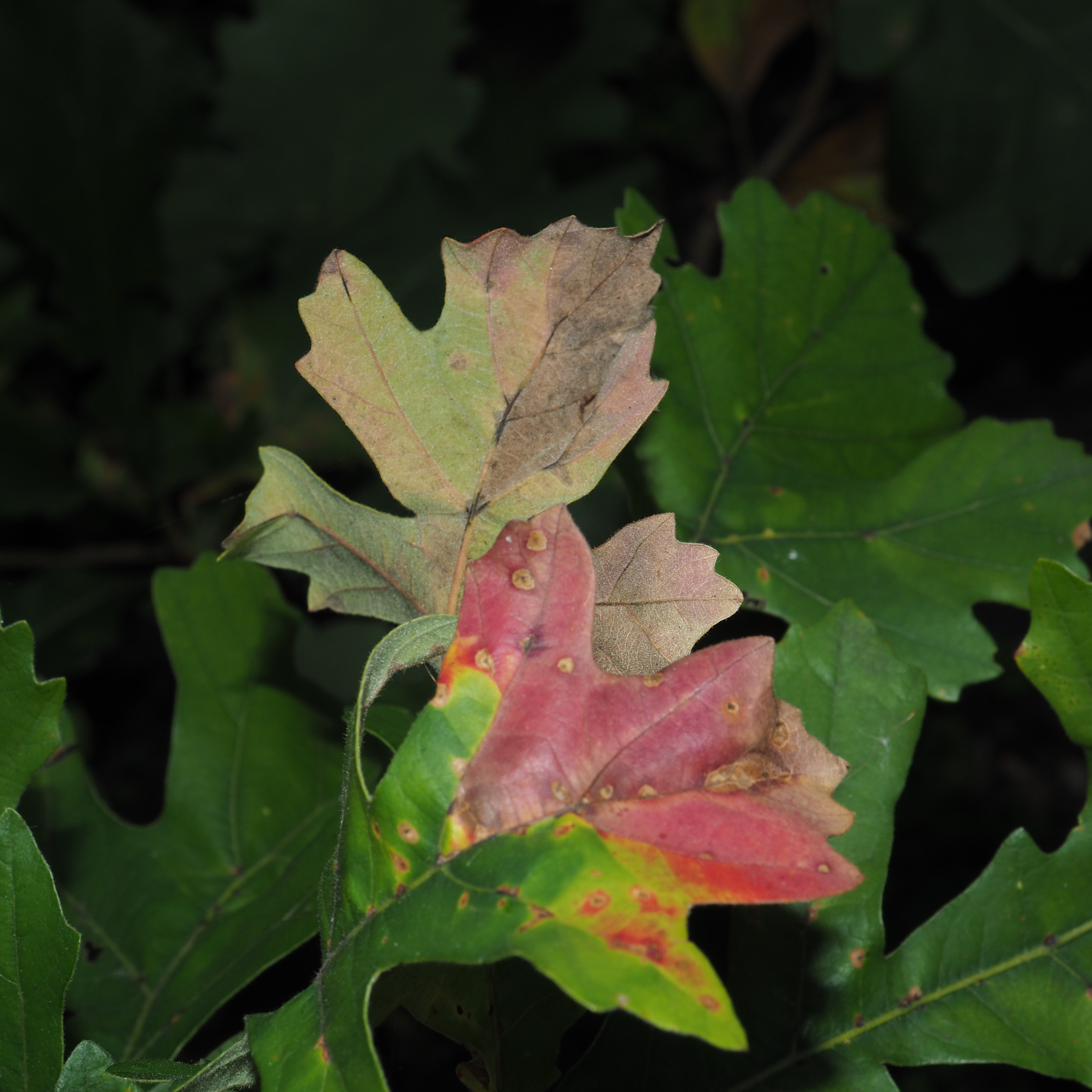
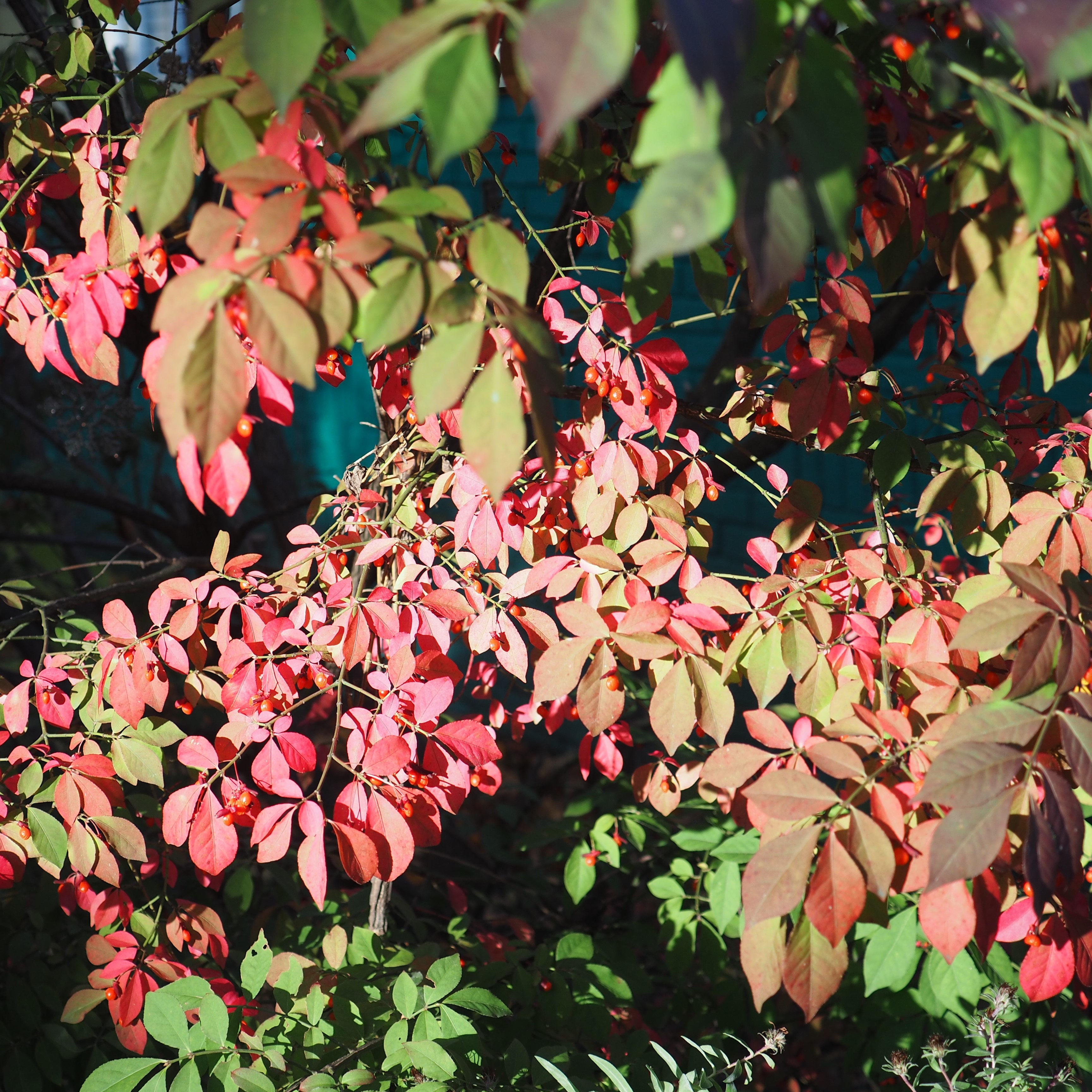
Did I tell you that Autumn seems to be here? Yesterday was so extremely rainy - good thing my camera is mildly water-proof. And for a couple of days I didn't understand why it seemed to be colder and colder indoors. Finally I thought that the people changing the filter in the furnace might have turned it off for a while. Sure enough, when the electricians were here on Friday they showed me where the on switch is and now it's a lot toastier indoors. Where are the pretty aster flowers? Well, this little ball was where ONE flower sat and has the seeds for dozens or hundreds of baby aster plants for next year. Second, even the oak trees are starting to color up. And third, the Euonymus in front of the house is starting to turn red. We'll follow it in the next weeks till it's bright red.
Remember that there is information in the name of the file for each image. You can see it by mousing over the image - look at the lower left of the screen. Or you can click on the image to get to the (usually) larger image. Then the info is displayed in the address line above. Sometimes the second click will actually display a different view of the original image.
There were a very few ants - here's an Eastern Black Carpenter Ant. Second is a Citronella Ant - thanks to Steven Wang at iNat. Third is a Small Honey Ant. Compare its tiny head with its great butt, er, gaster!
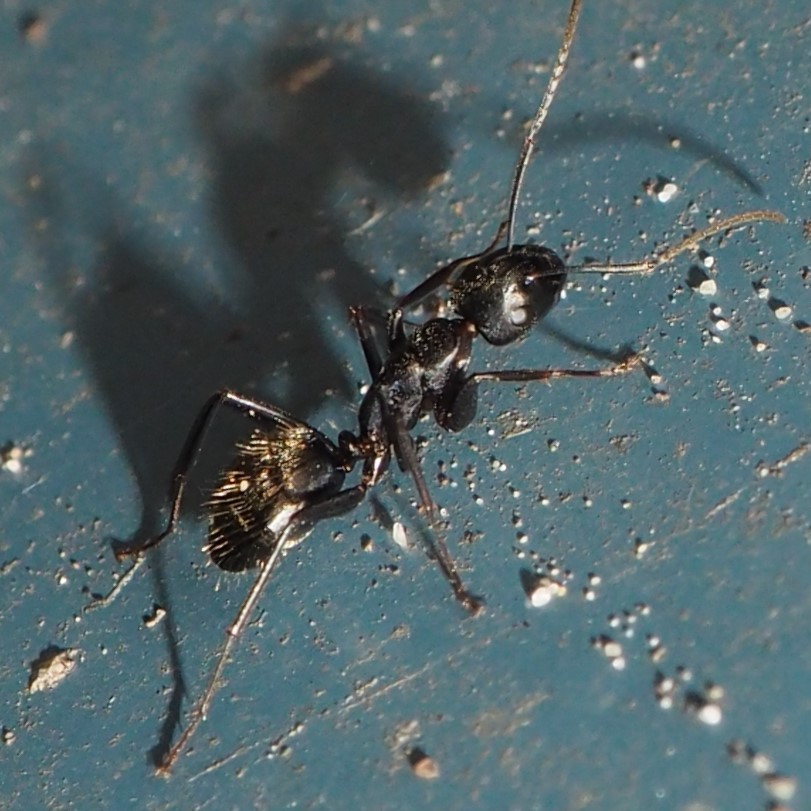
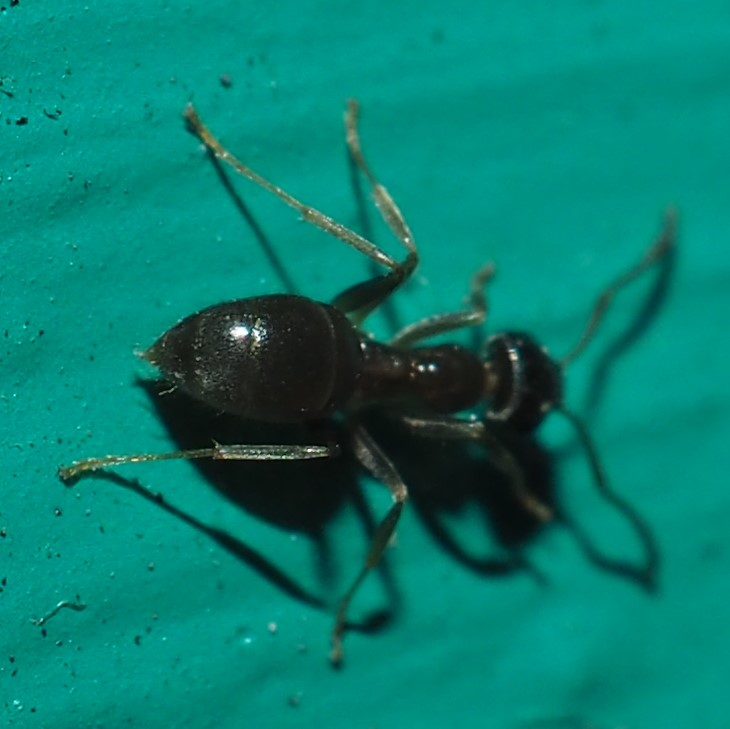
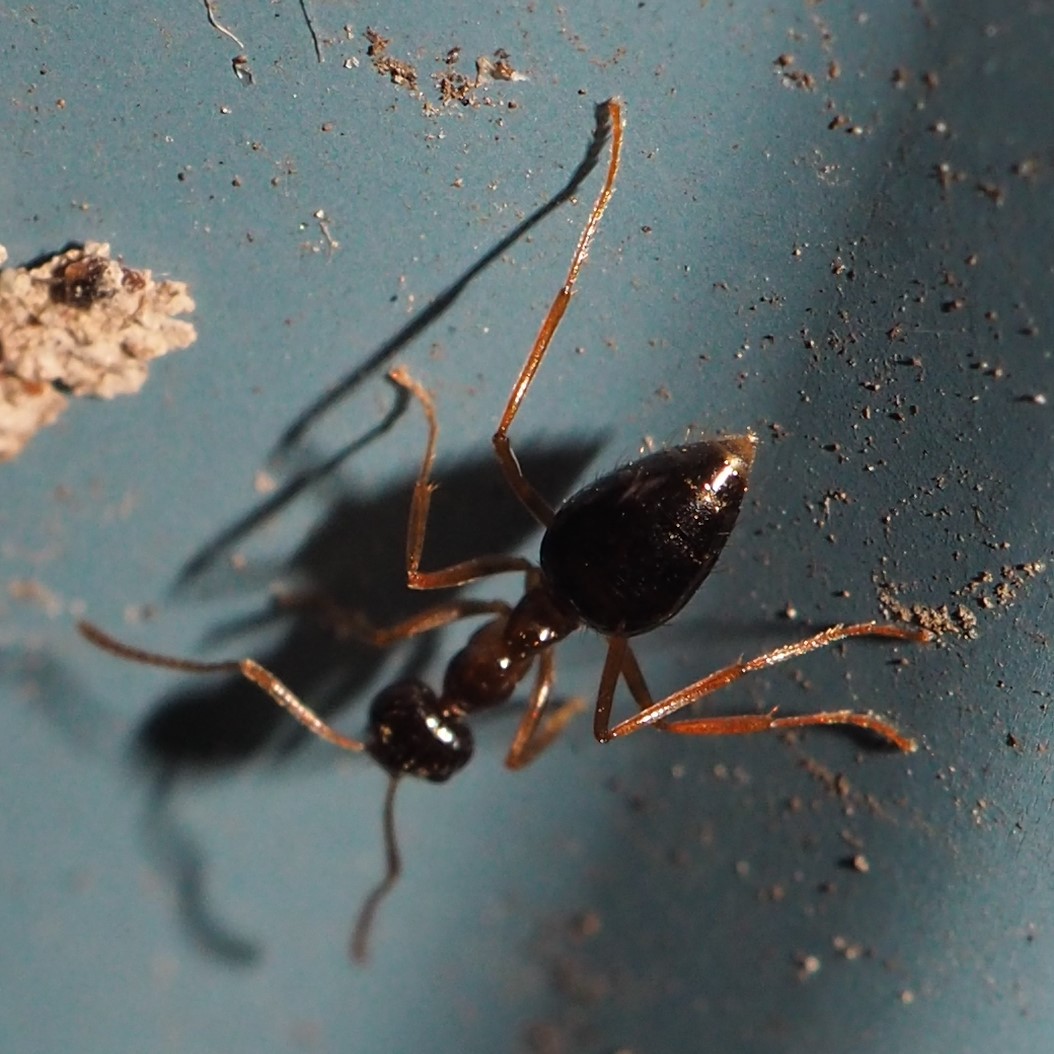
The faithful barklice are still here. The Scaly-winged Echmepteryx hageni is still here. I hope you remember the Graphopsocus cruciatus (called the F-wing Barklouse) from October 12, the one with a batch of eggs? Well, ANOTHER mama and her eggs appeared this week.
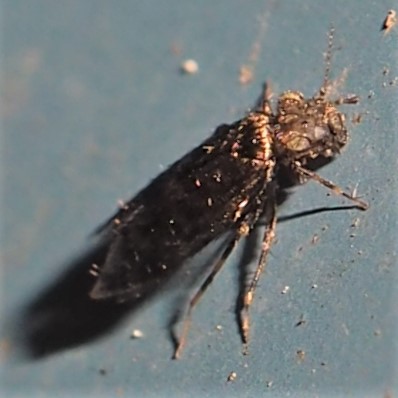

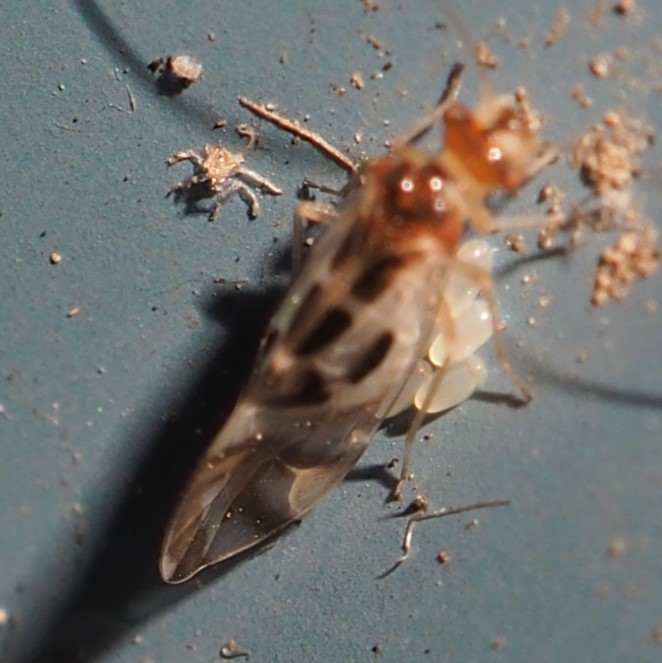
This Common Barklous, Trichadenotecnum alexanderae, is still here waiting for something or someone. I didn't see ANY Polypsocus corruptus this week! Second is the previously unidentified member of the Lizard Barklice, Valenzuela flavidus. And for the first time, I learned from BG that the little nymphs we have been seeing are really the nymphs of V. flavidus! I also learned that the adults with reddish eyes are females while the males have huge black eyes, as in picture 4.
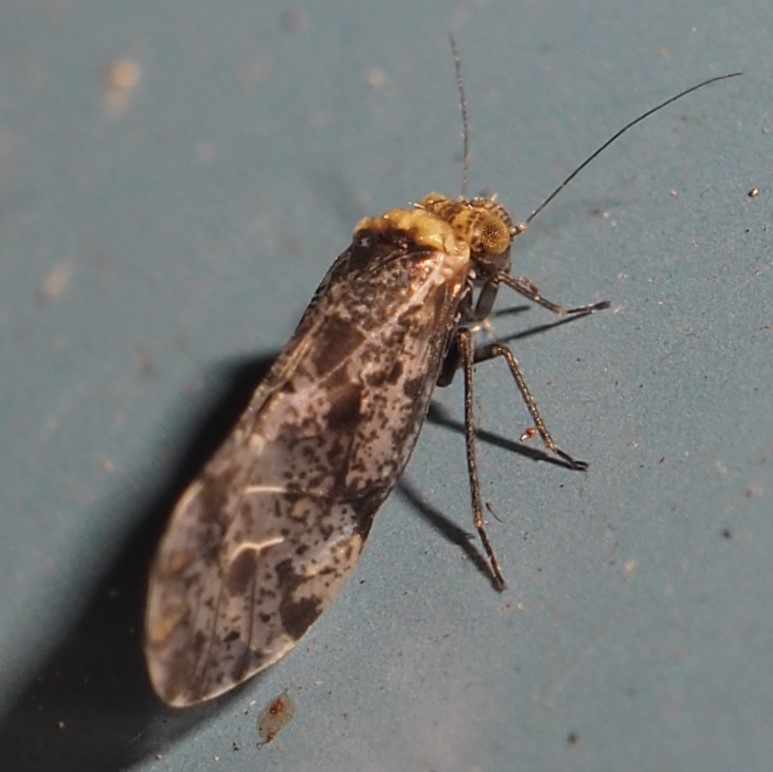
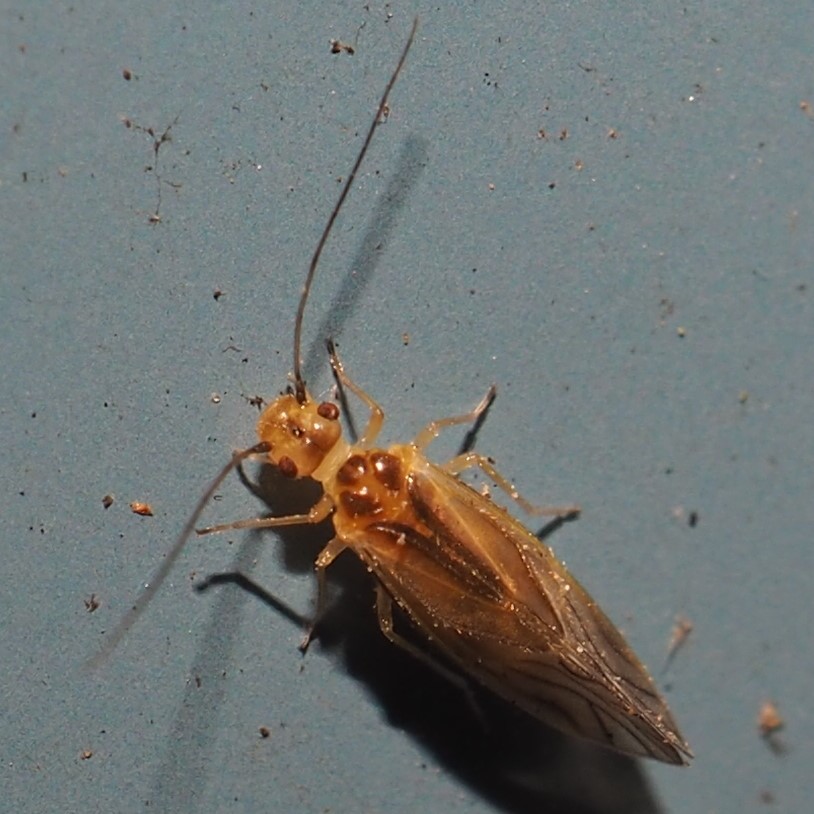
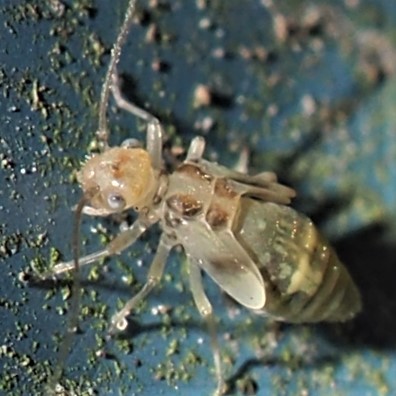
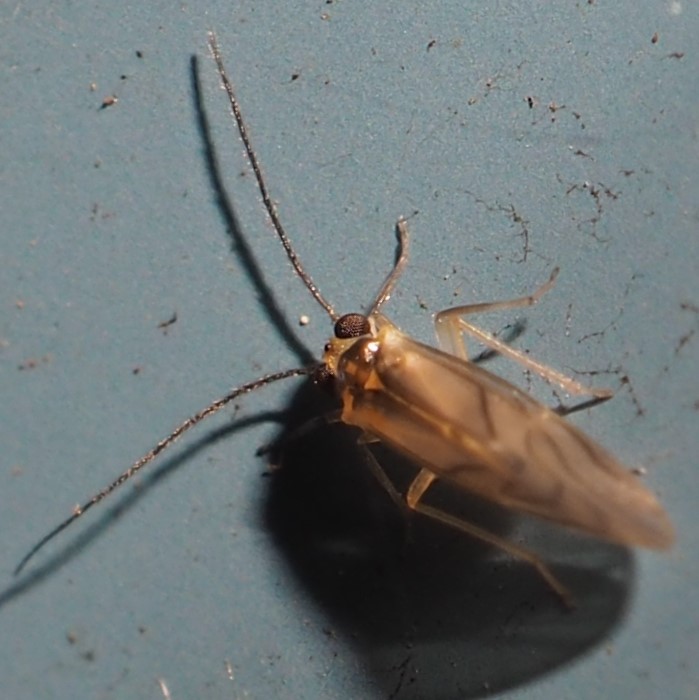
This creature, which I first labeled as a Beetle, turns out to be a Psyllid in the Pachypsylla genus. I'd forgotten that we'd seen it before!
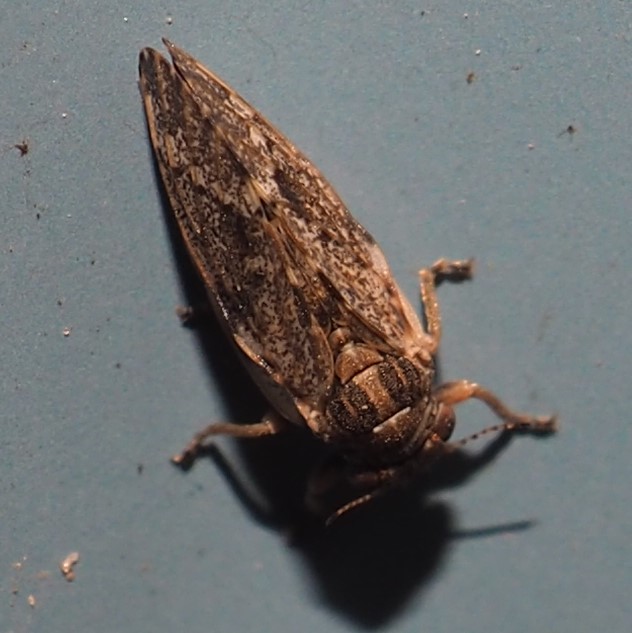
Still no Bees. And not so many kinds of Beetles either, though the Asian Lady Beetles were very much in evidence, especially on the fading Redbud leaves. Here's something interesting. Look at the "faces" of these three - see how different they are. But it's still the old W or M pattern we know to look for.

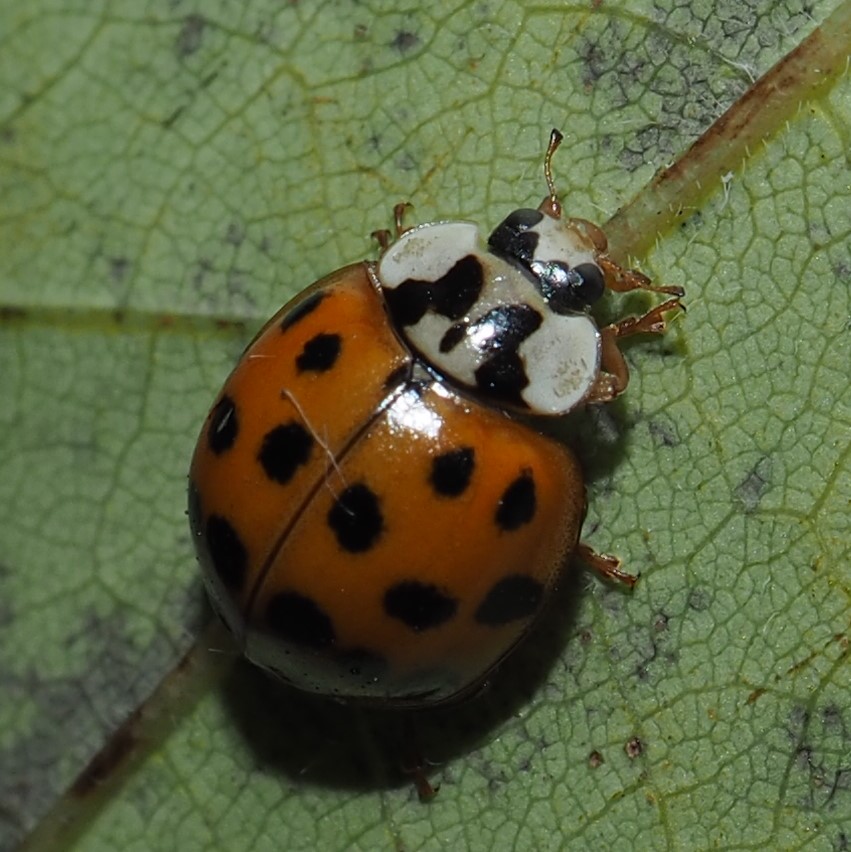
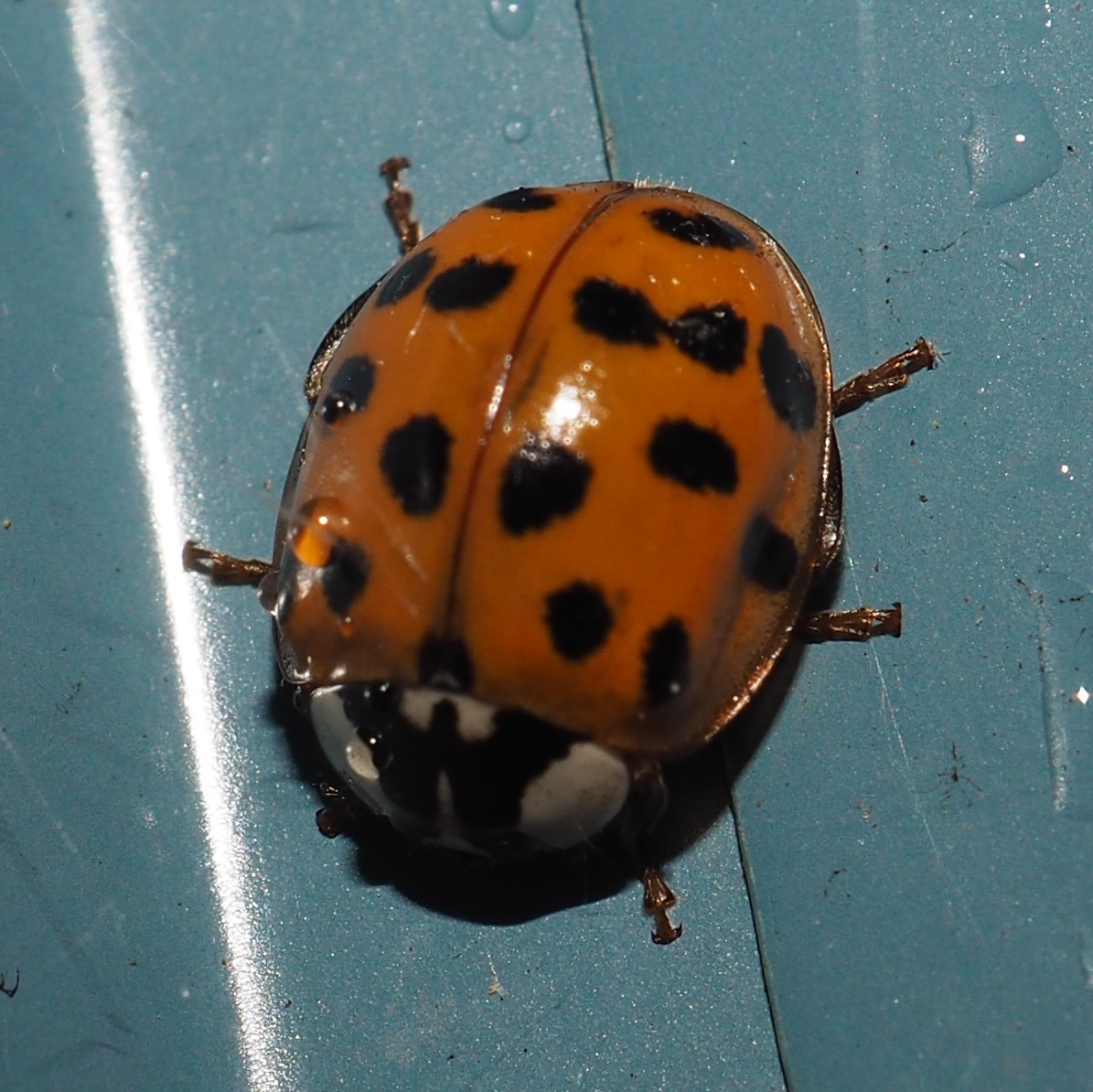
First and second, one of the the Metallic Flea Beetles, Genus Altica, according to @buzzman in iNat. And Andrew Smith, also of iNat, identified the third as a Small Dung beetle, Agoliinus leopardus.
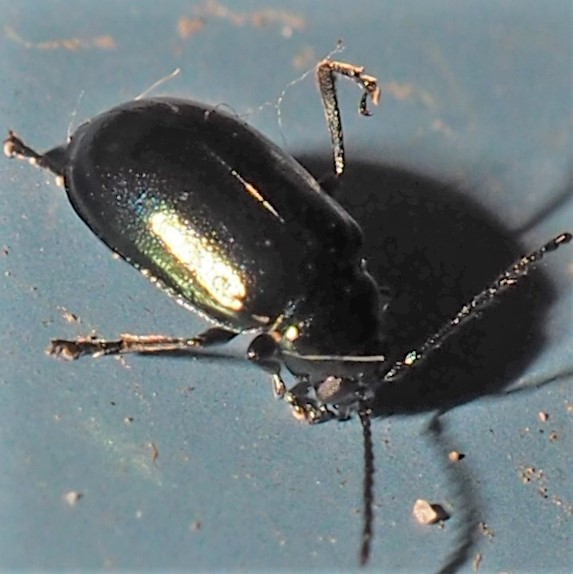
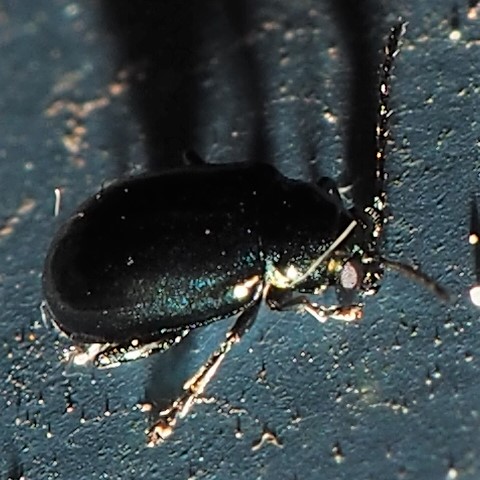
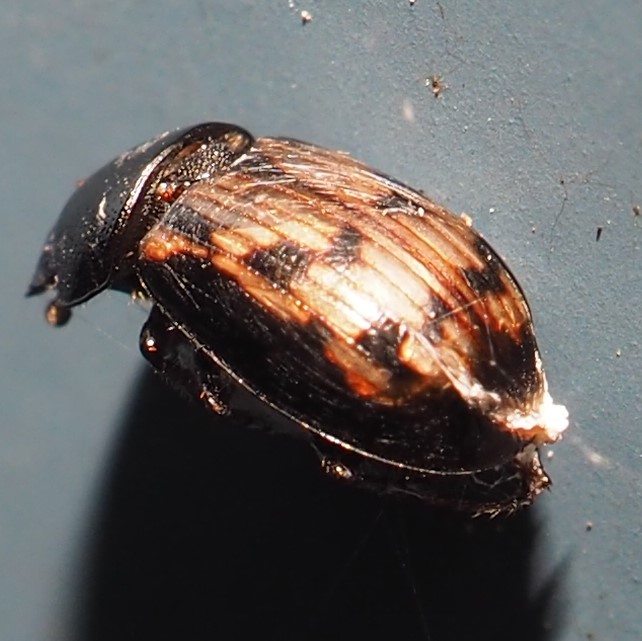
Since we are out of Beetles for today, let's see what Bugs are around. Any Assassin Bugs? Why yes - unbelievable as it seems, there are still a very few nymphs of Zelus luridus out. Here's one. And second is that OTHER Assassin Bug, Acholla multispinosa. One has appeared several days in the same approximate place. Each day for some reason, the photos seem to show a different bug. Maybe it's the light, which has been quite variable each day. Picture 2 was taken on October 24, and picture 3, on October 25. See what I mean?

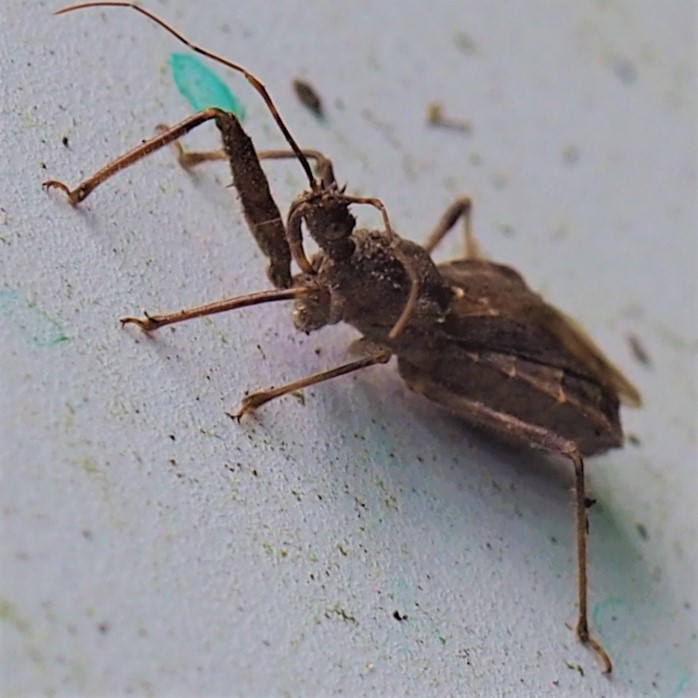
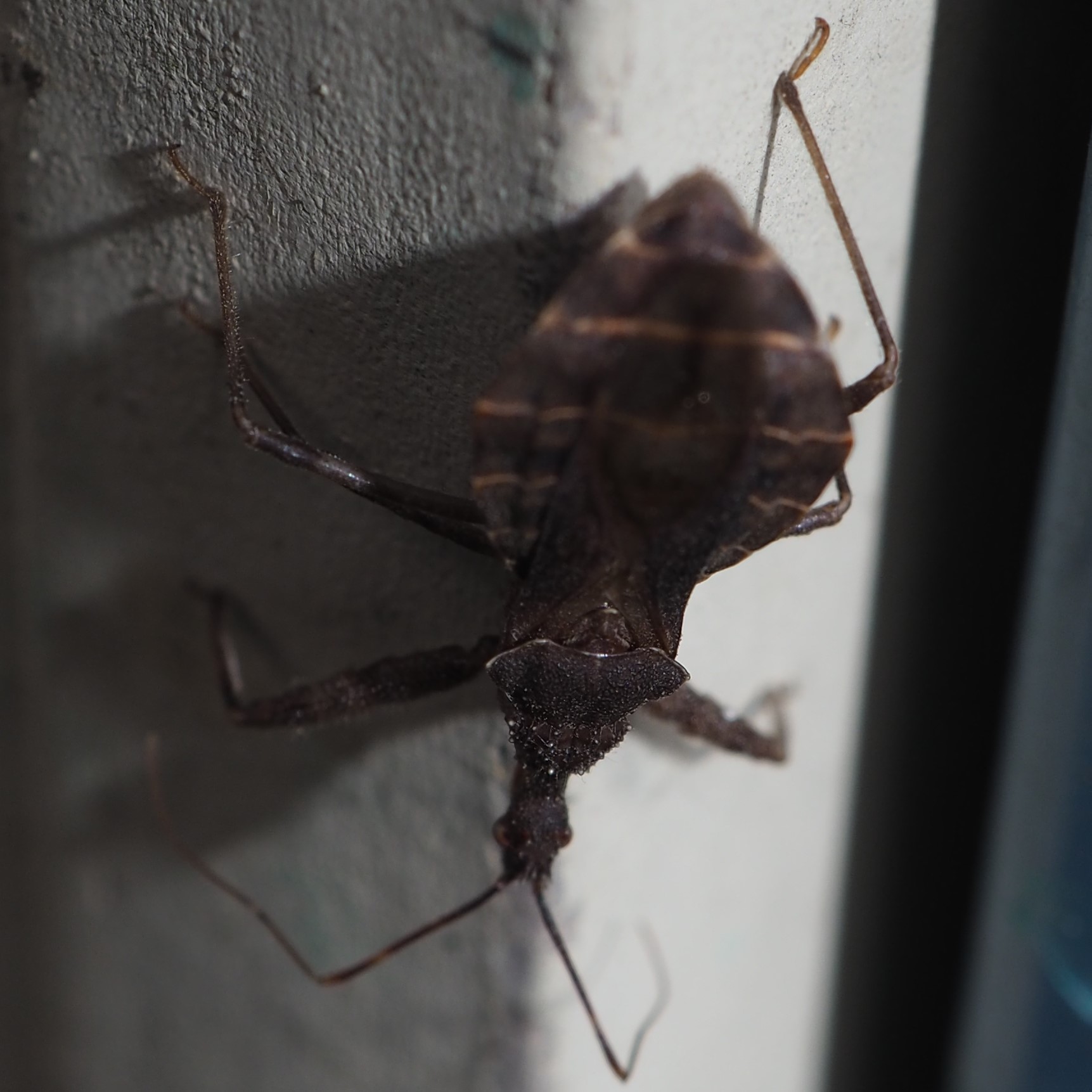
Here we are, back to the Leafhoppers. This one, which I've been seeing every once in a while, was just identified as Erythroneura infuscata by @hopperdude (Kyle Kittelberger) of iNat with help from @sambiology (Sam Kieschnick), who also is teaching me some of the sophisticated search engines in BG. I can't say enough about how wonderful it is to have colleagues that I'll probably never meet in person, but who share so much enthusiasm about the things I'm starting to know better. Second is our friend Erasmoneura vulnerata. Three and Four are two views and maybe two different individuals of genus Erythridula.
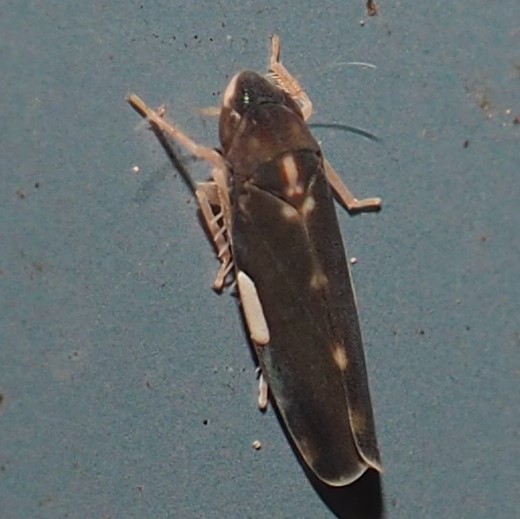
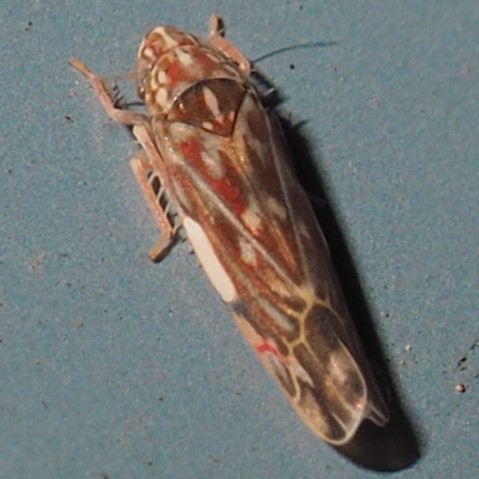

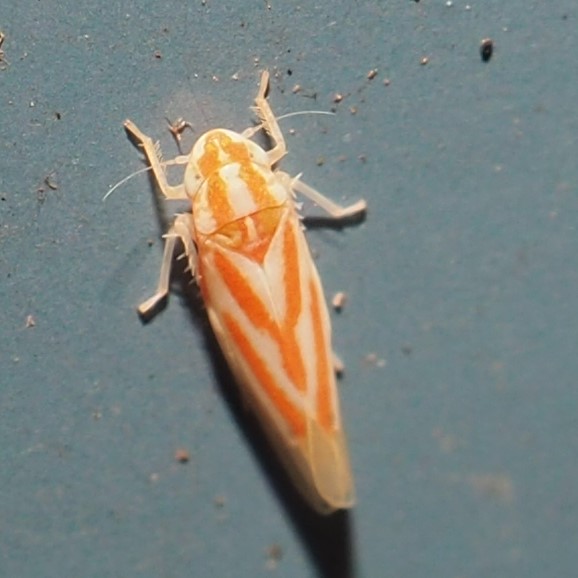
More Leafhoppers! Mostly Eratoneura. Here we have E. affinis, E. ardens, E. carmini, and one of the "dotted" Eratoneura.


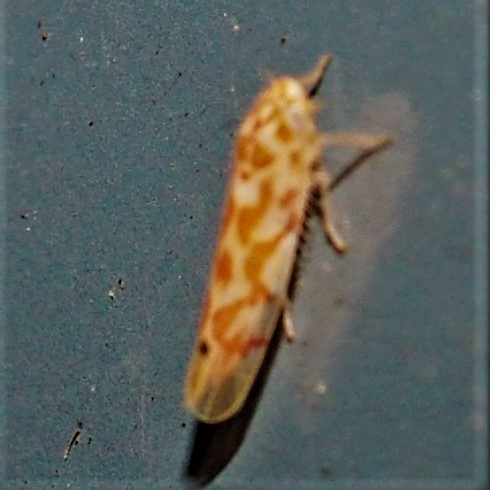
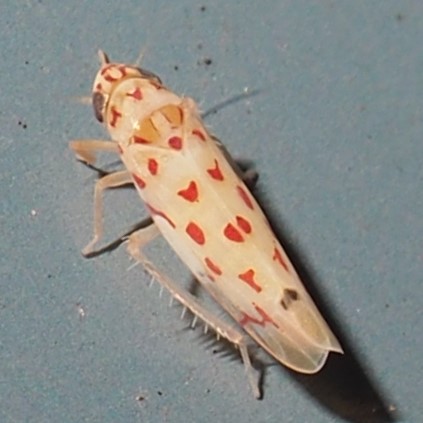
More Eratoneura. I don't know if the first three are all different or just variations on one species. Fourth is one of those frustrating yellow-patterned ones. Maybe number 5 is just a washed-out reddish-patterned one. These things are HARD to distinguish!
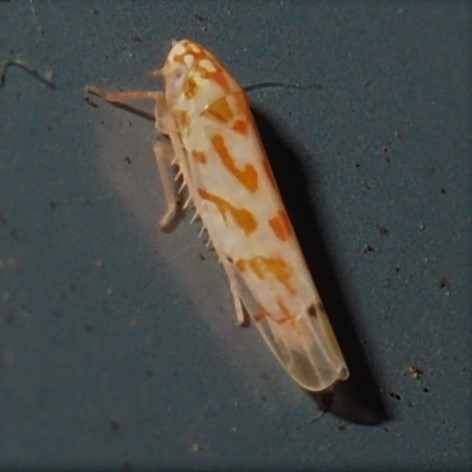
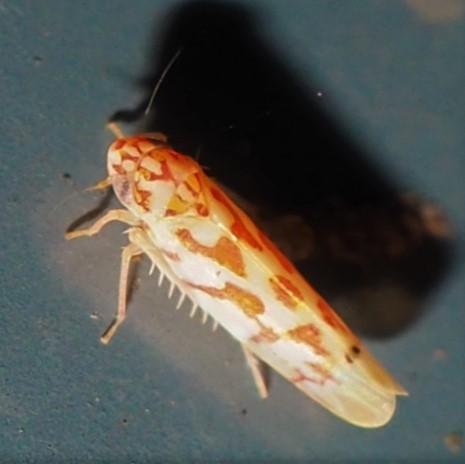
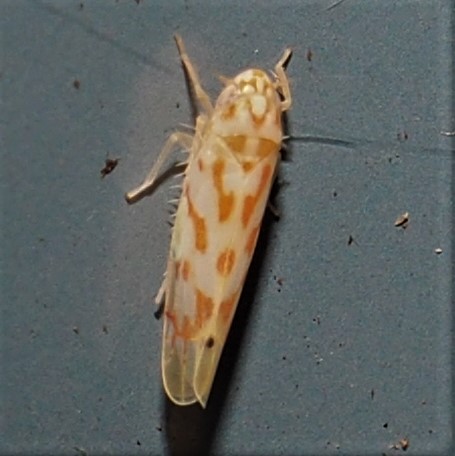
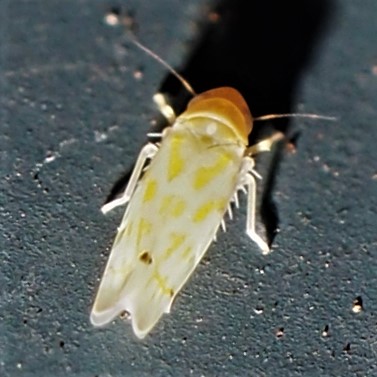

Oh great - we've escaped the Leafhoppers. Or have we? It turns out that this little creature that I've been calling a Planthopper is in fact the nymph of a pretty common Leafhopper, Agallia genus for sure. I'm tentatively calling it A. quadripunctata because we do see that one fairly often. The second image seems to have better-developed wings - it is 2 days later than number 1. Number 3 is an adult A. quadripunctata from May 26 in 2018.
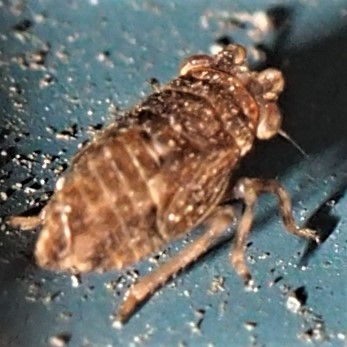
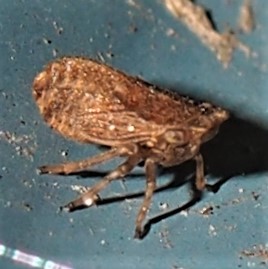
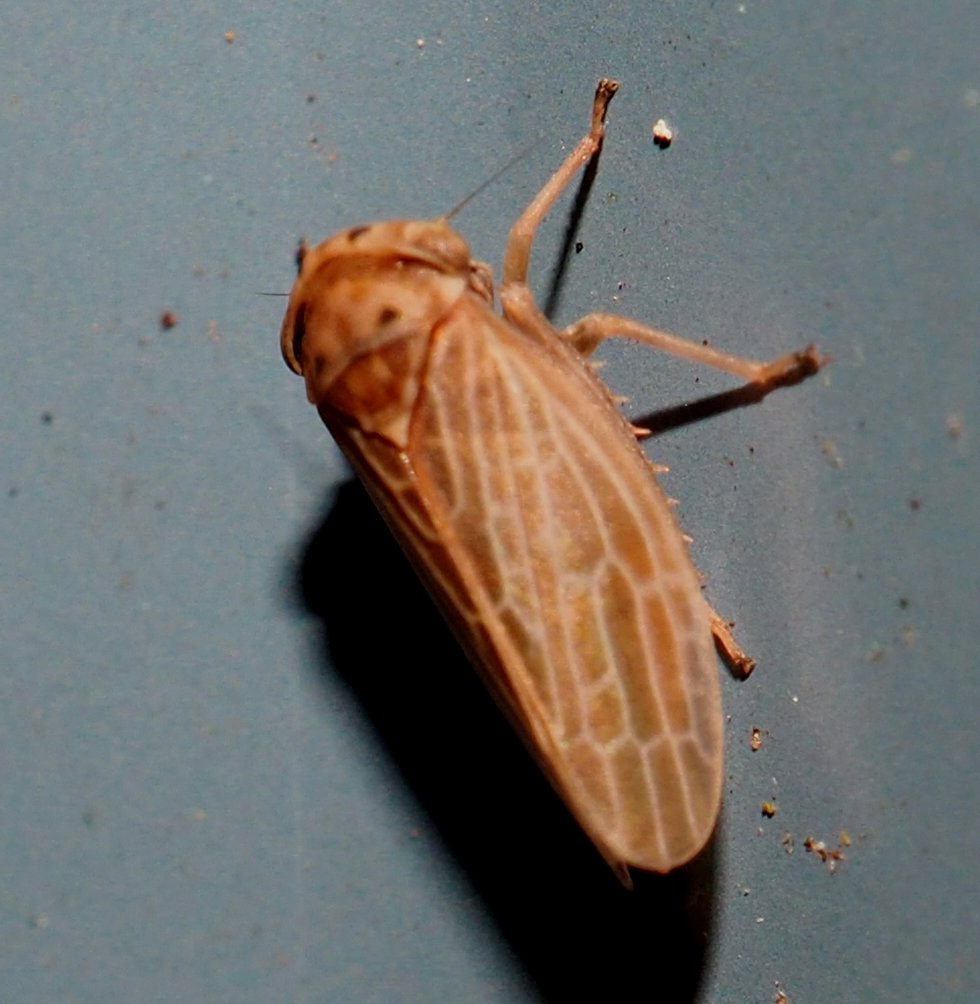
One more Leafhopper - this is the Three-banded Leafhopper, still here this week. And here's the last Bug, the Stilt Bug, still here this week. You probably think they'll be here next week. I wonder!
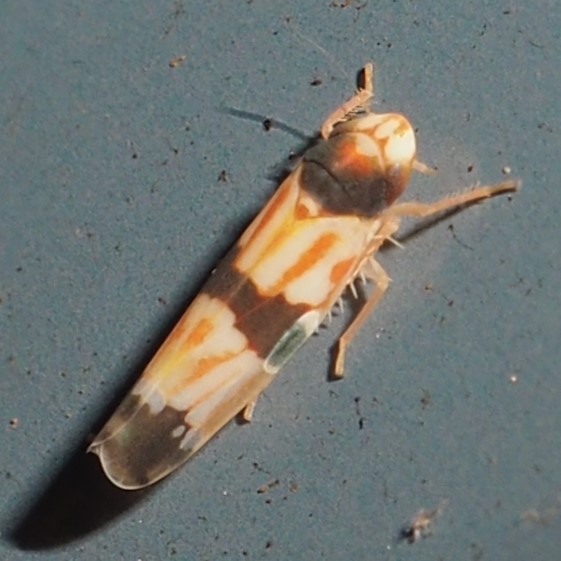
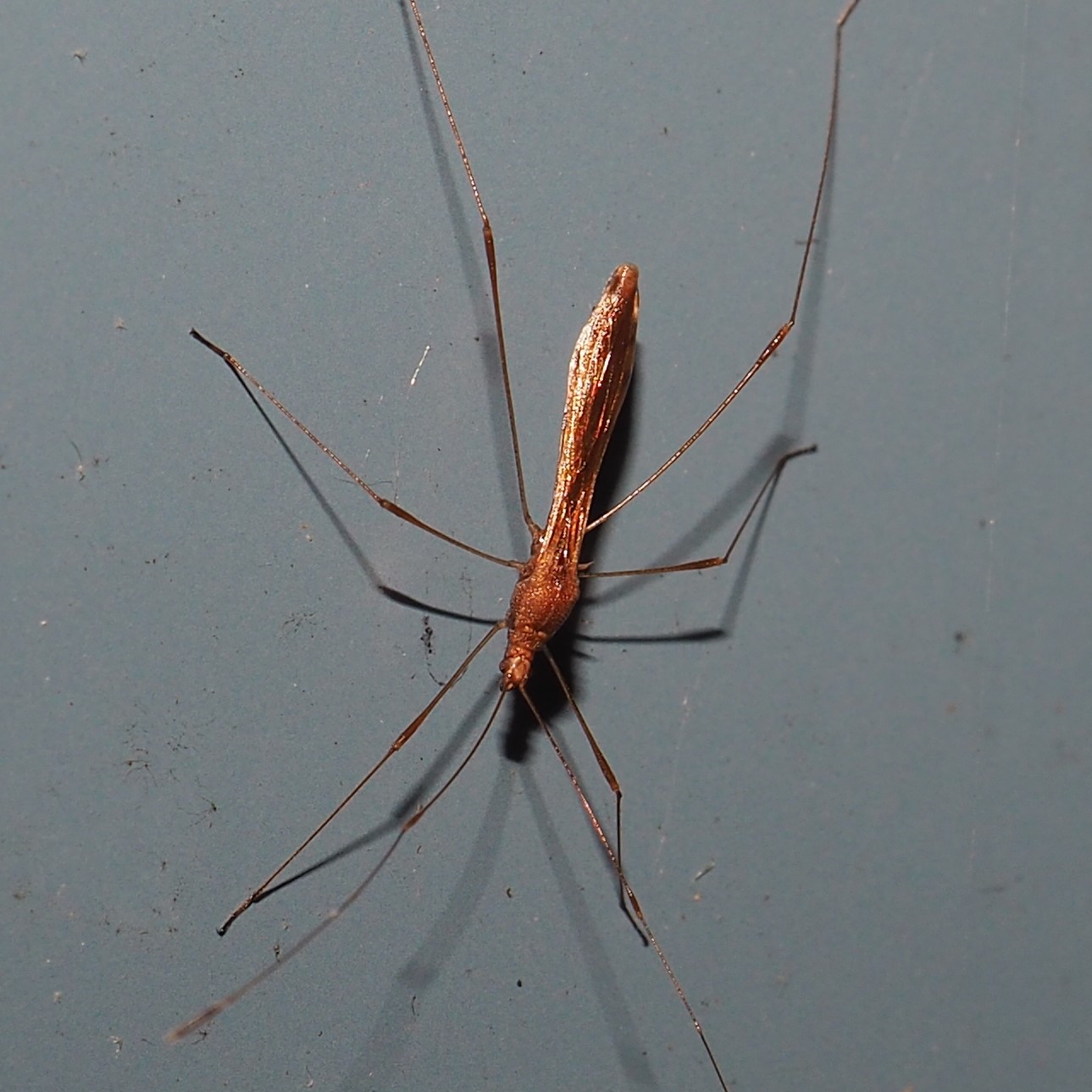
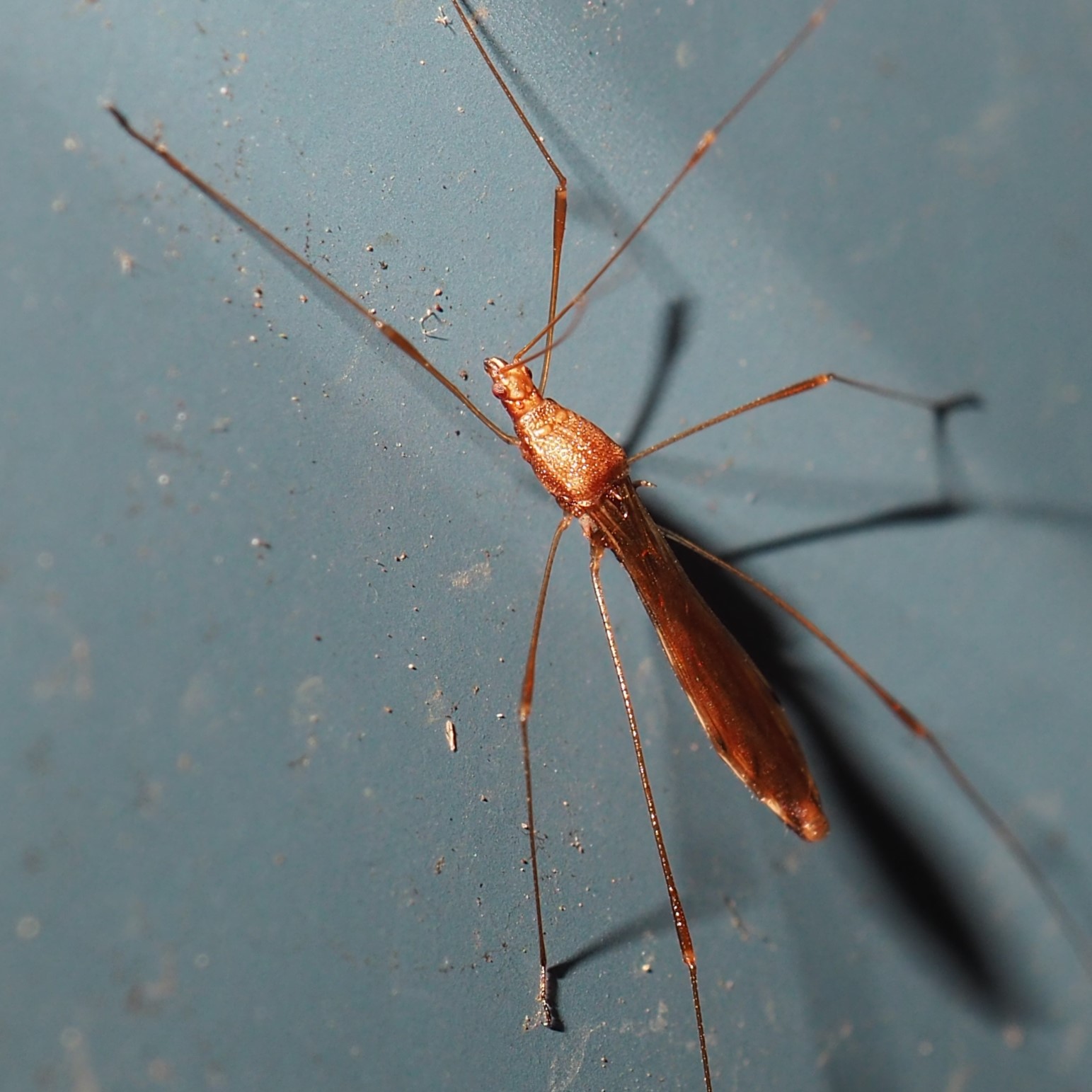
Here is one of those Case Creatures, probably a bagworm, which is a moth larva. Number 2 is a new one for me. Before we leave the "C's", here is one more Cricket, a Jumping Bush Cricket in fact. It has been around for a few days.
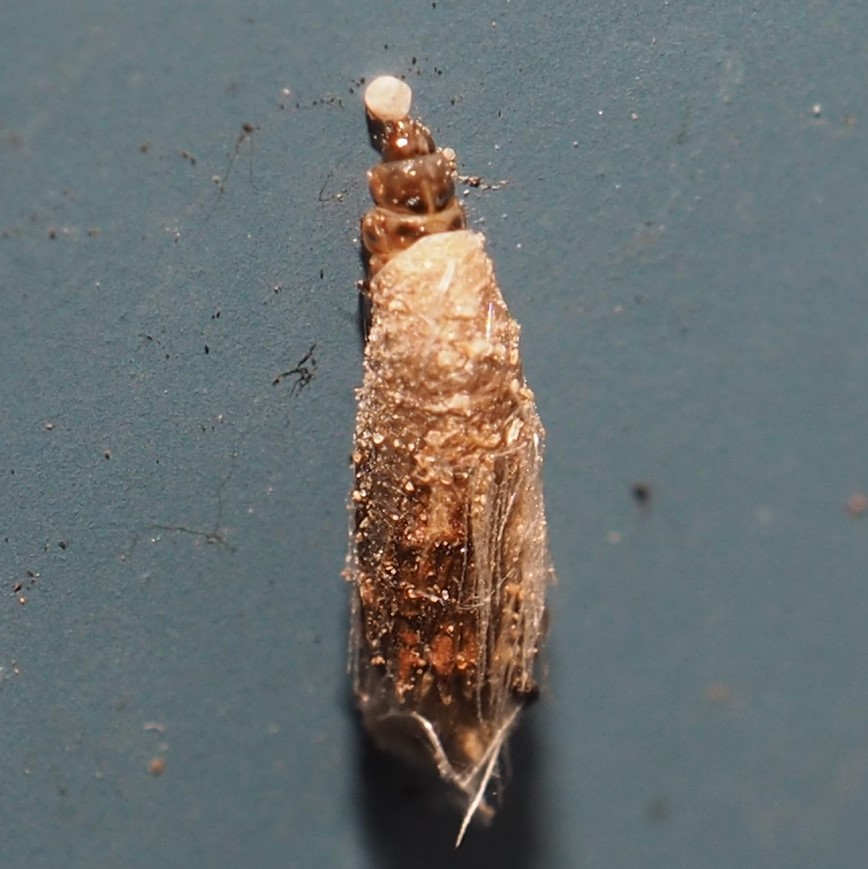
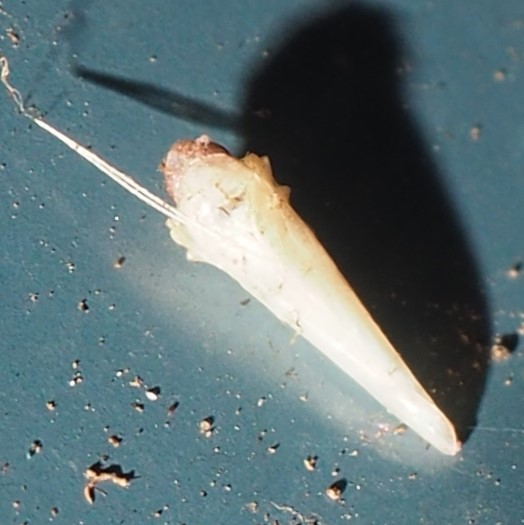
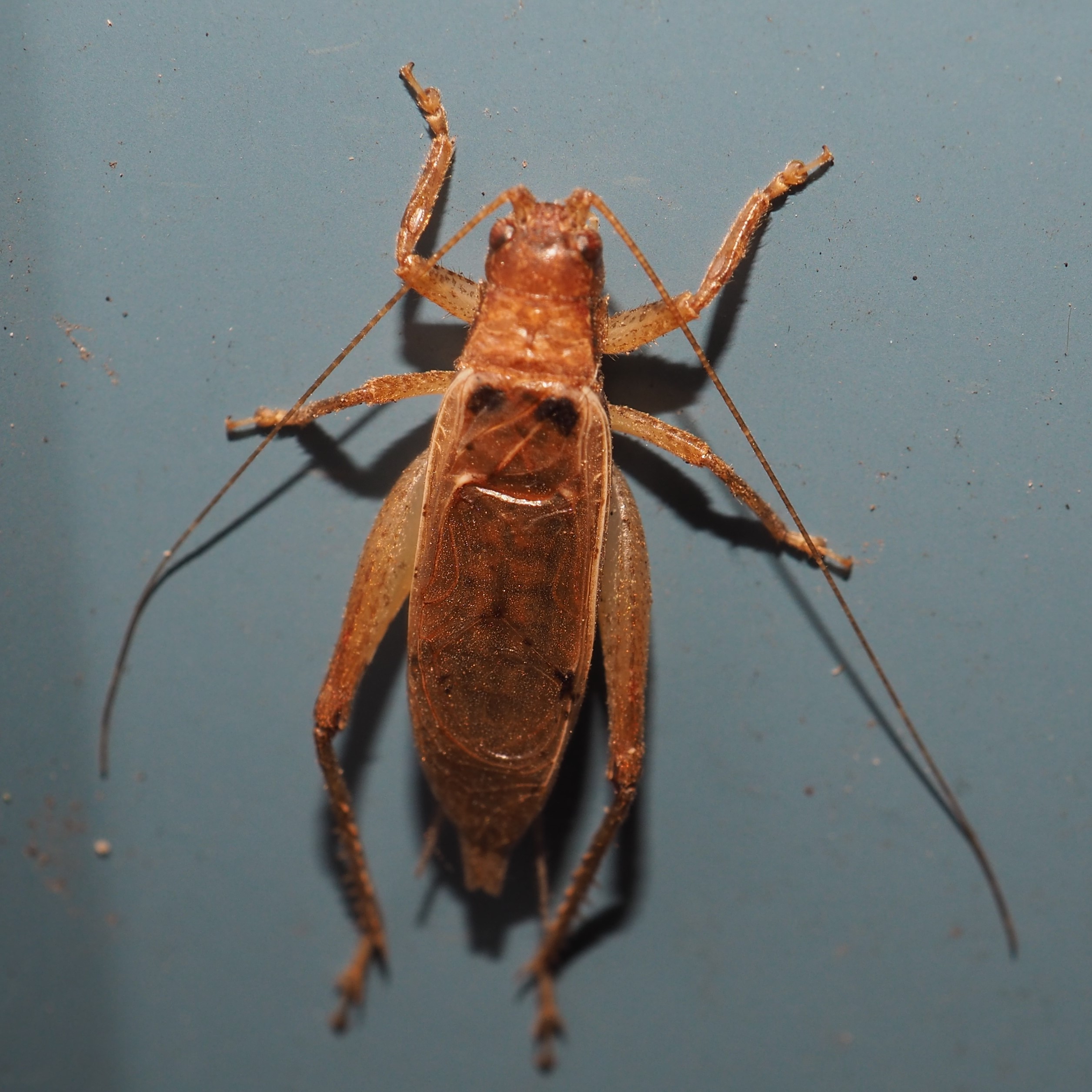
Usually, we are looking at Caterpillars and Butterflies about now, but there weren't any. So I'll just show you the one Moth I saw out there this week. Then we'll look at a couple of Crane Flies.

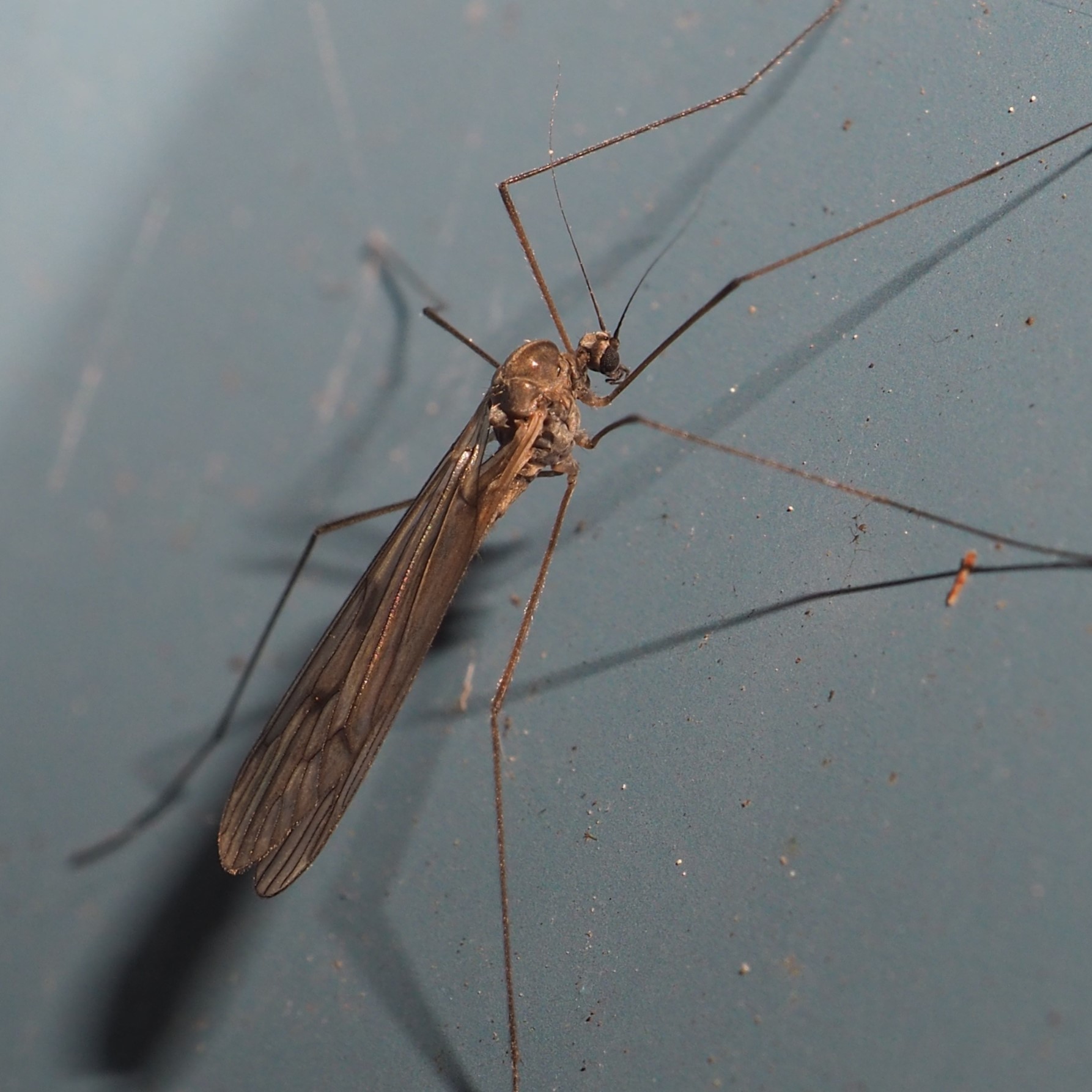

You know, it's getting more like early spring. We're seeing more Fungus Gnats and Gall Midges than usual. Here's a fuzzy Gall Midge. Another Gall Midge. And probably a Fungus Gnat. Look at the stilettos on that guy's joints.

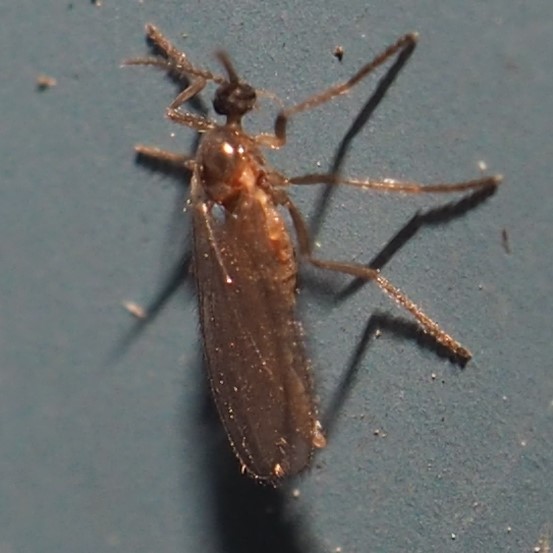
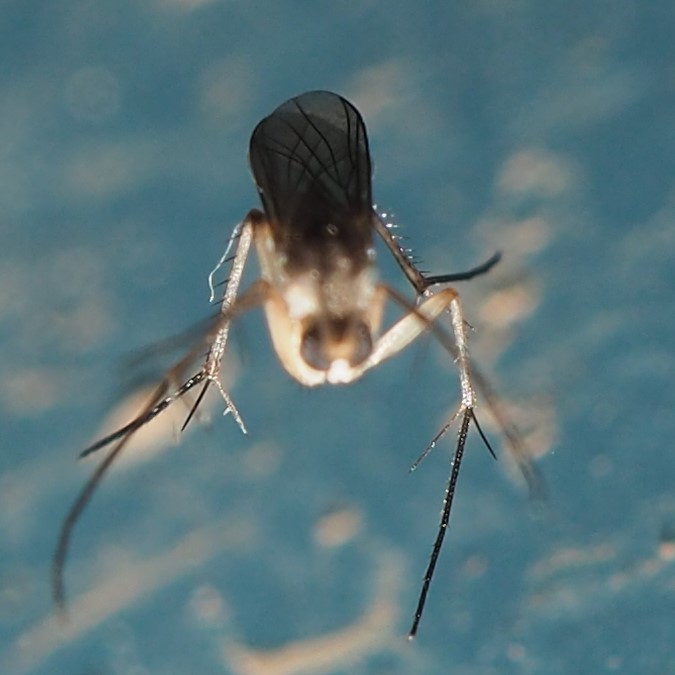
I don't know what this little fly is (two shots), but it seems so delicate and pretty. Third is a Non-biting (Chironomid) Midge.
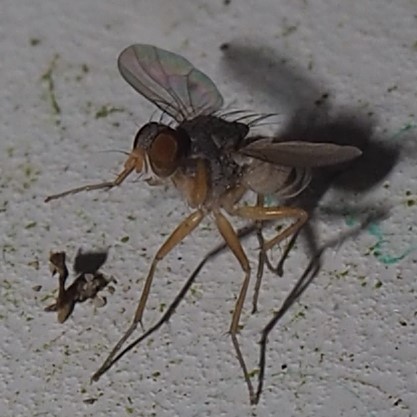

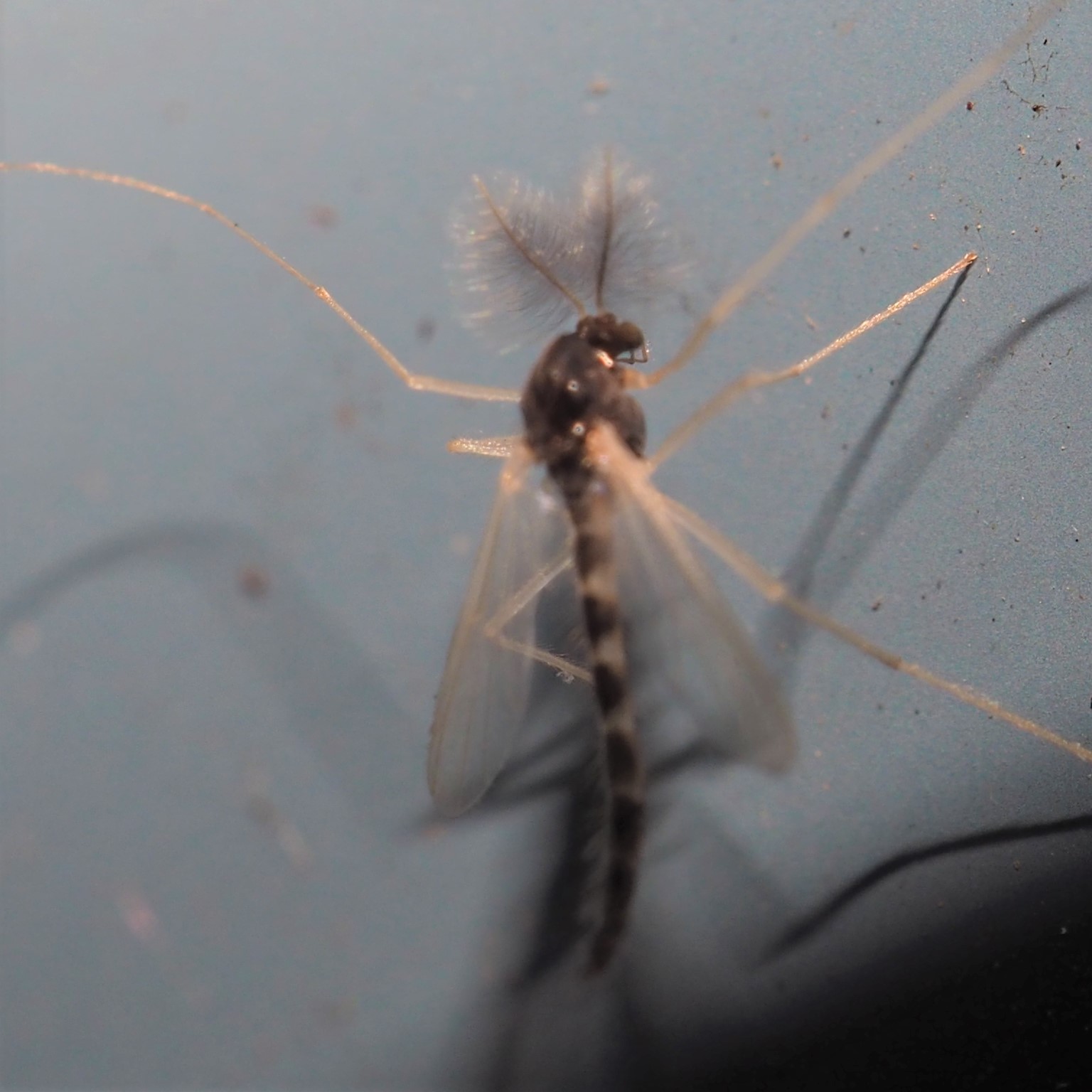
Here's one of those Mosquitoes that make you think "yellow fever", etc but it is actually only a harmless Asian Rock Pool Mosquito. I don't know what the second one is, but I did a little research on the bright green-eyed one from last week. It is one I've actually seen often - it's the Inland Floodwater Mosquito, Aedes vexans. Guess what "vexans" means.
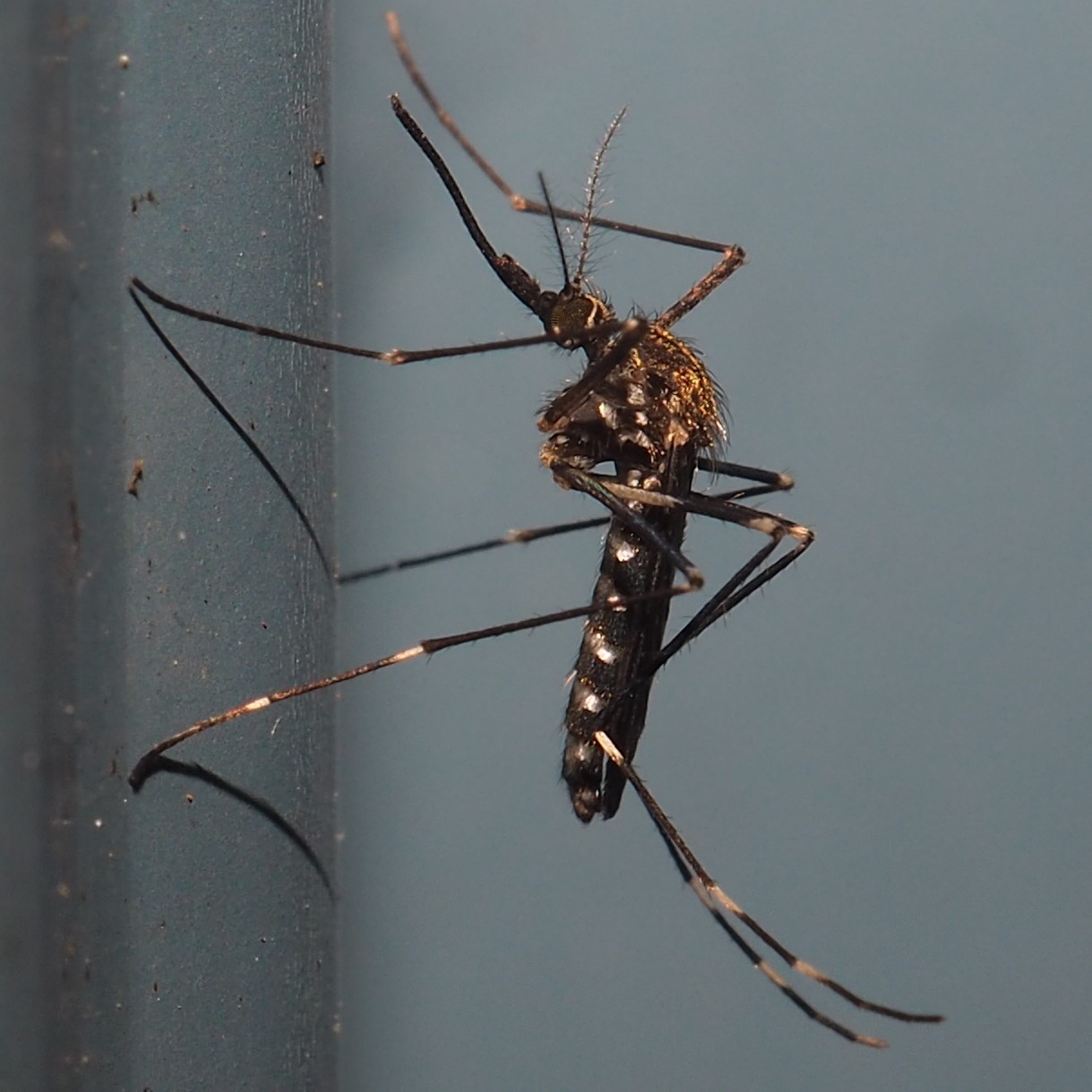
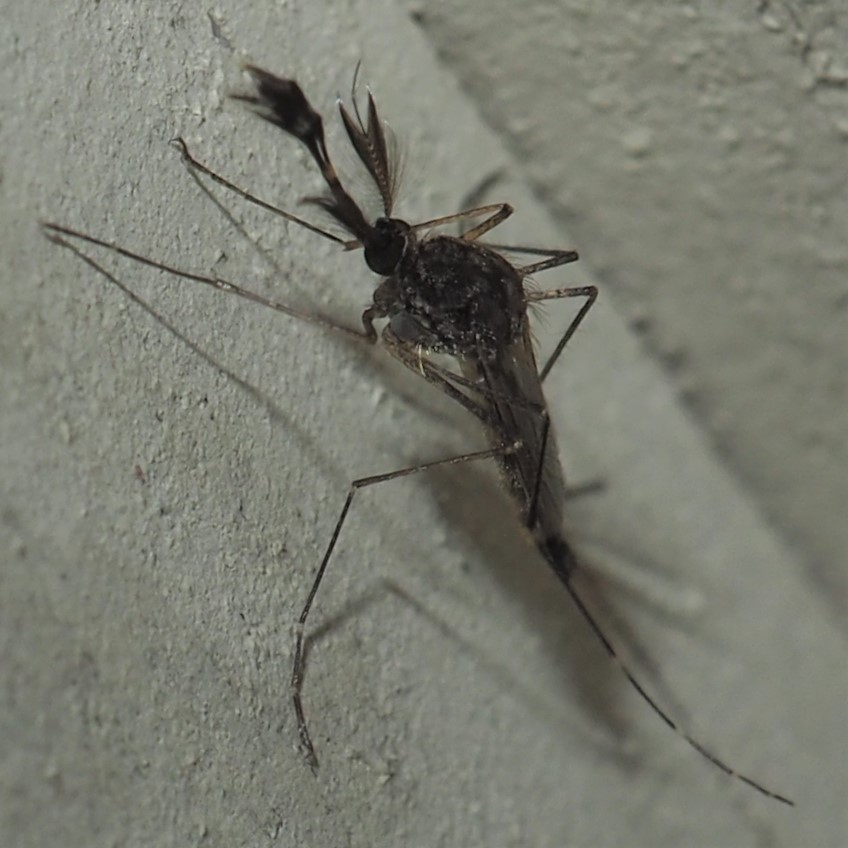
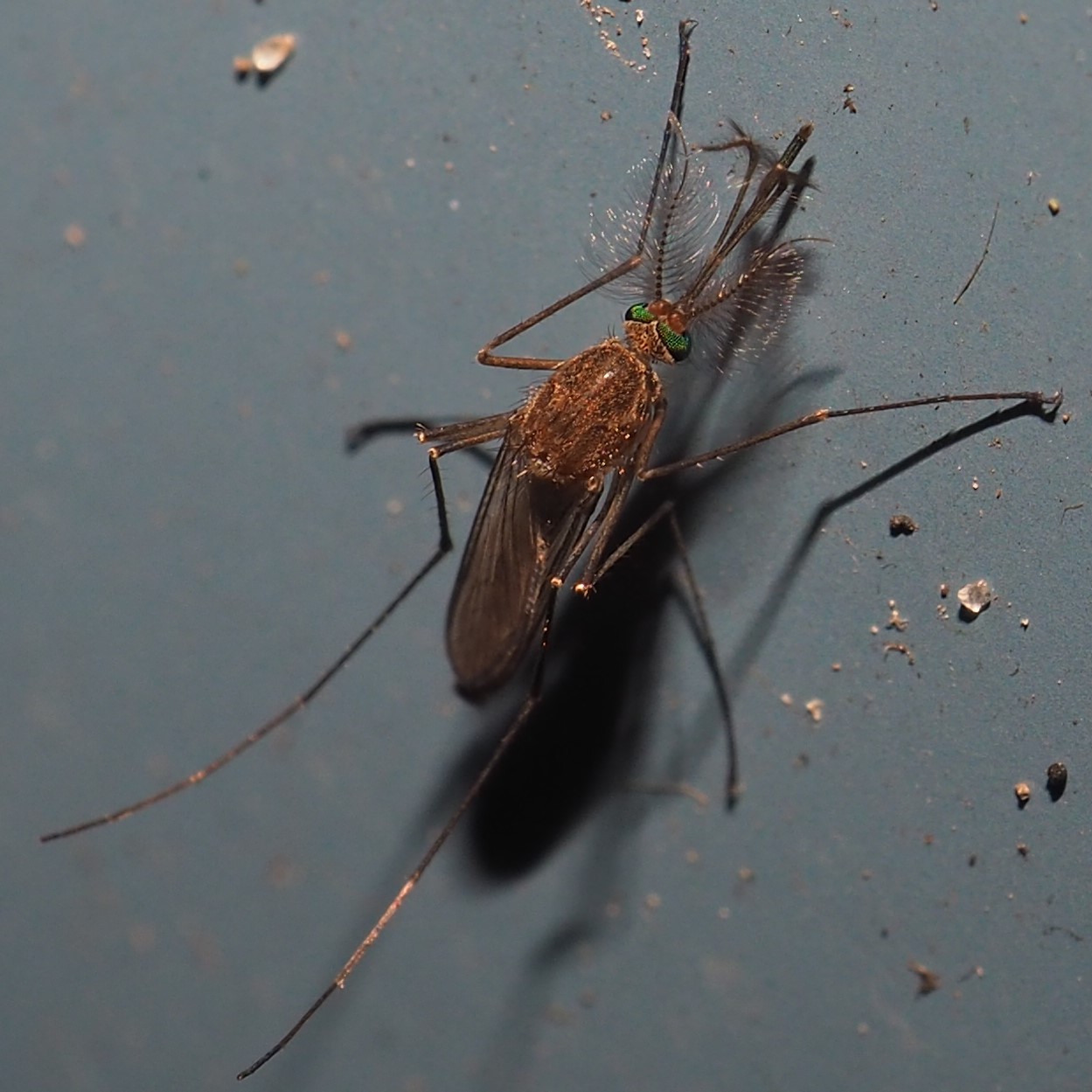
Here's that Moth Fly. And second (and third), a little fly that looks like a miniature Moth Fly but is really only a little bigger than one of those little barklouse nymphs. I've never seen this little guy before, but there were a few of them out yesterday. I still need to submit one for identification.

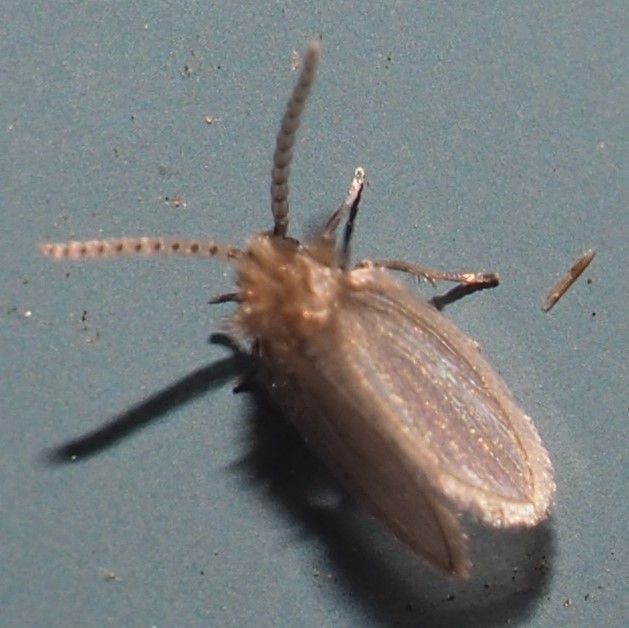
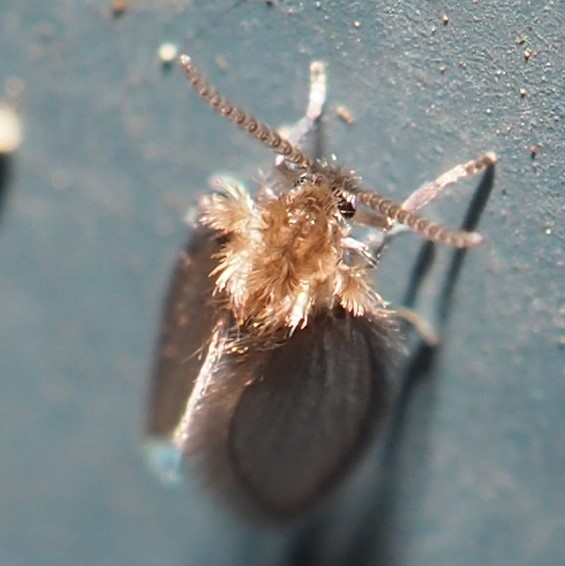
Another Mystery Fly. Second and third are either of the Sapromyza or Suillia genus. What a lovely fly this is! How ironic if it turns out to be a Dung Fly or something so un-lovely-sounding!

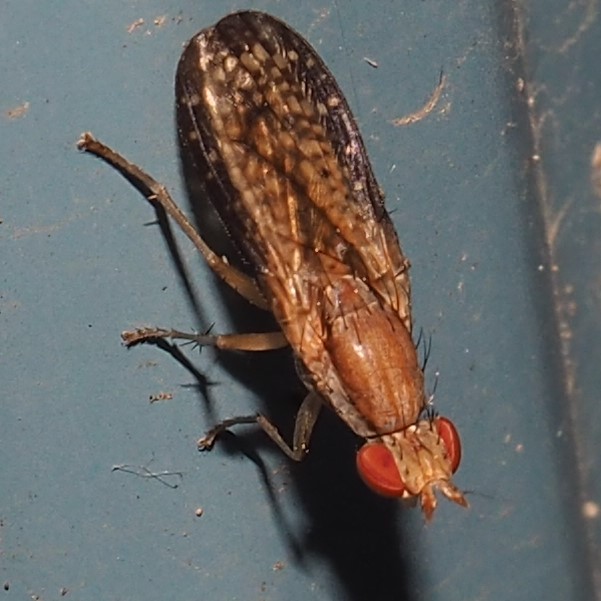
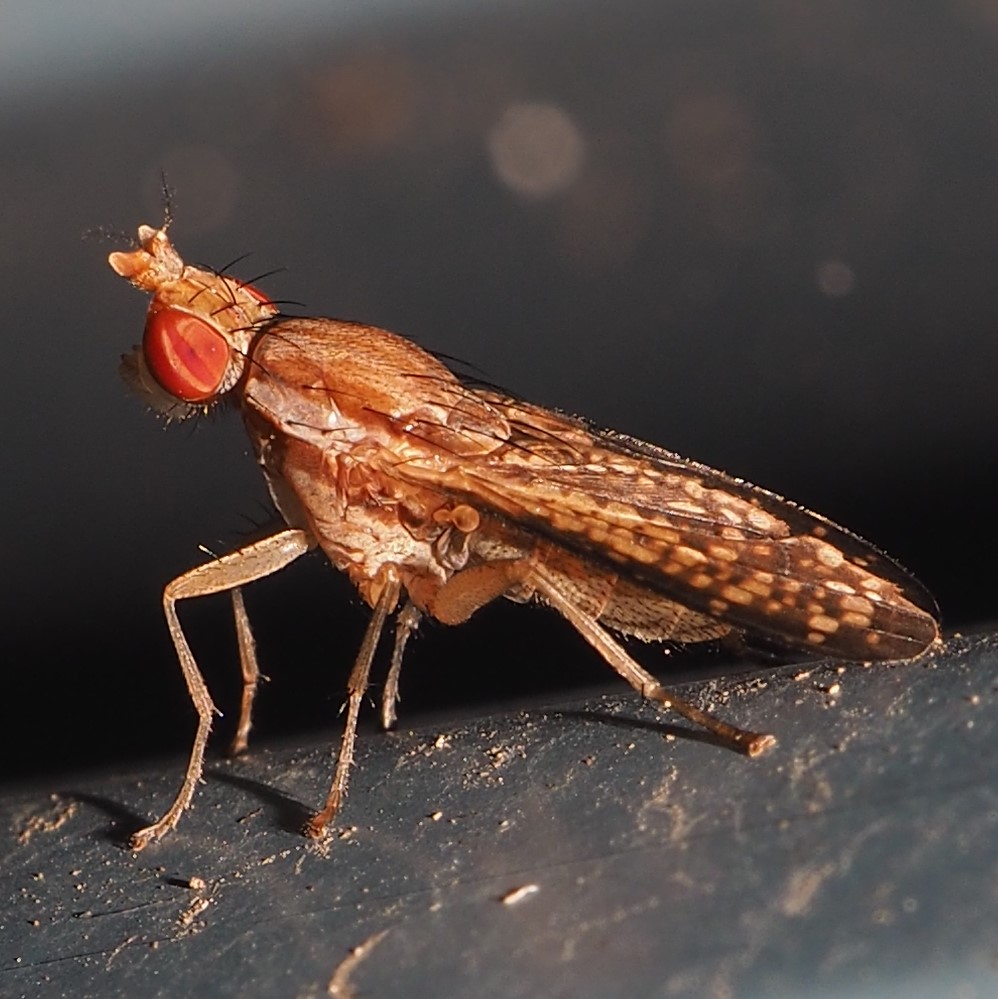
I haven't noticed many Harvestmen lately, but this one was out this week. I think we have reached the land of Spiders now. There were some really nice ones, and a few unknown ones. Here is a Grass Spider forming a mandala inside a big bolt in the shop siding. Third is possible a Ghost Spider.
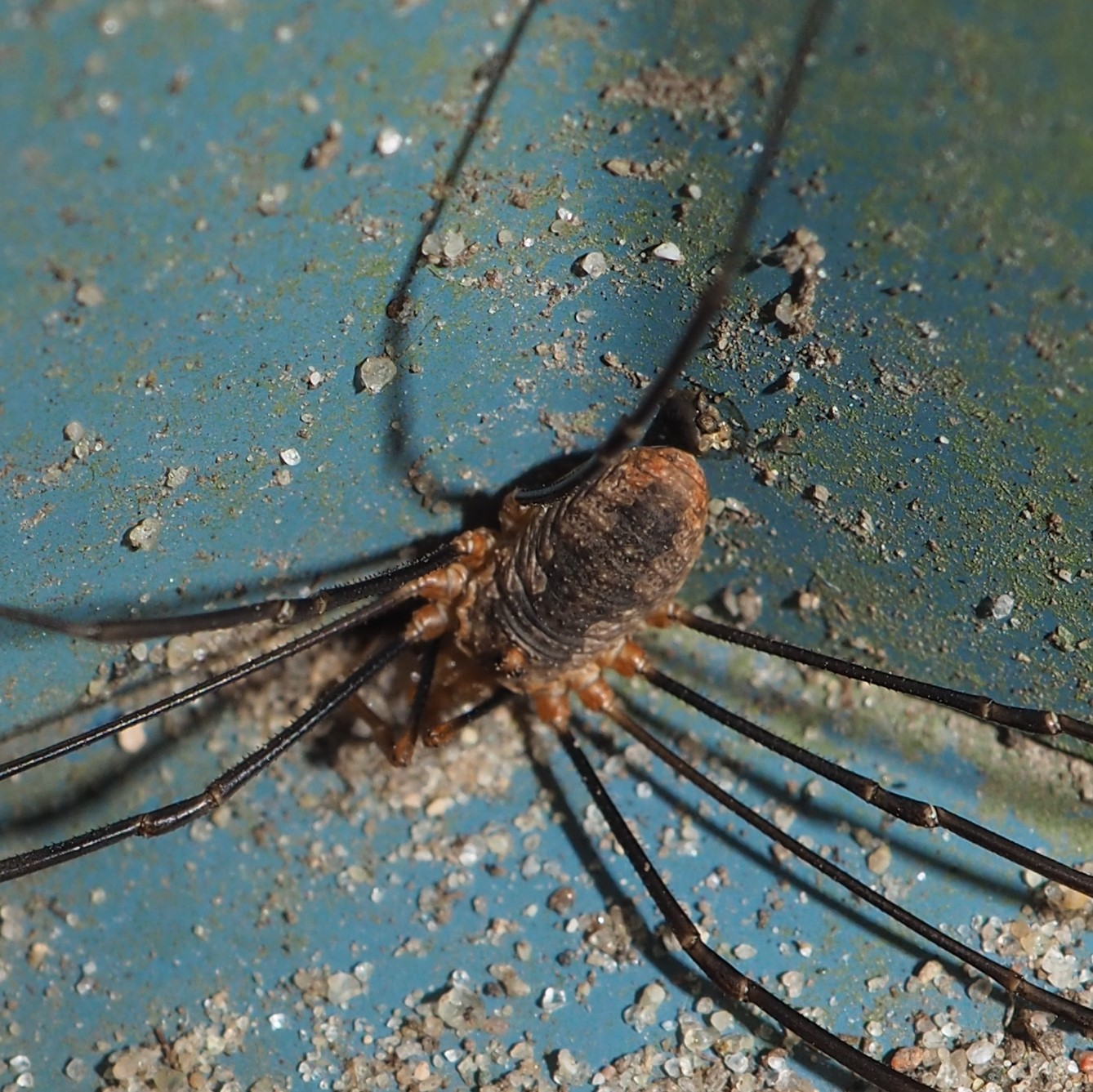
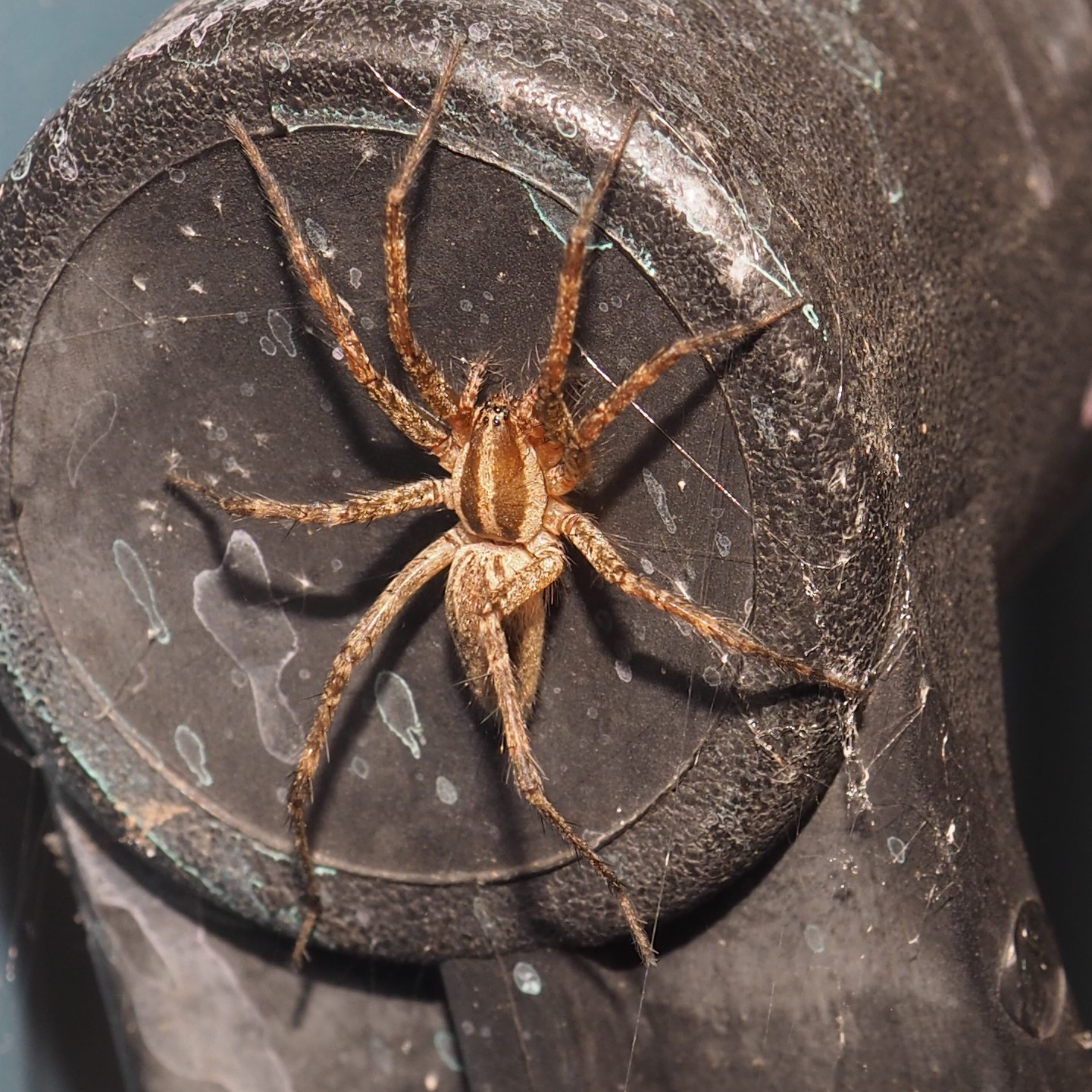
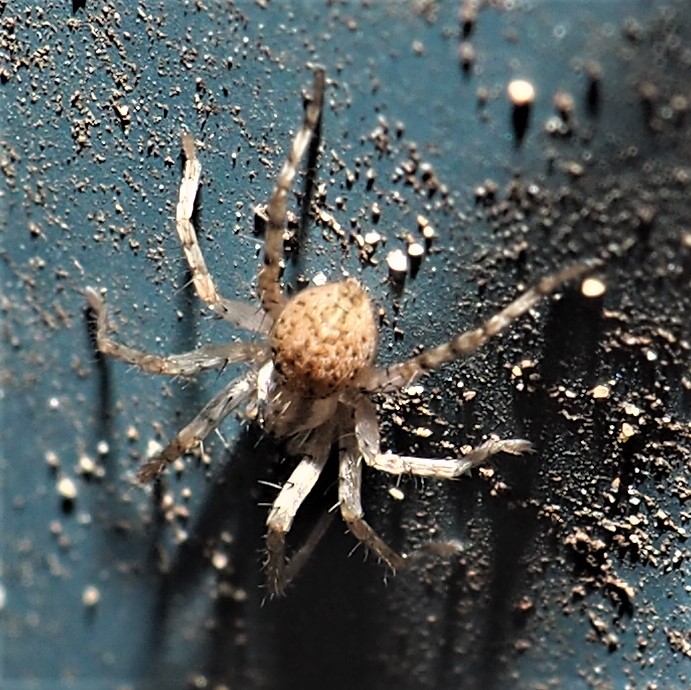
This first one is probably one of the Cellar Spiders. Second is one of the Common House Spiders that warm the walls of the shop. I'm always impressed how lovely they really are in spite of their name. The third one was identified as an Ant-mimic Sac Spider by @jeremyhussell (Jeremy Hussell) of iNat. I've seen other Ant-mimic Spiders and didn't think this one said Ant to me, but hey.

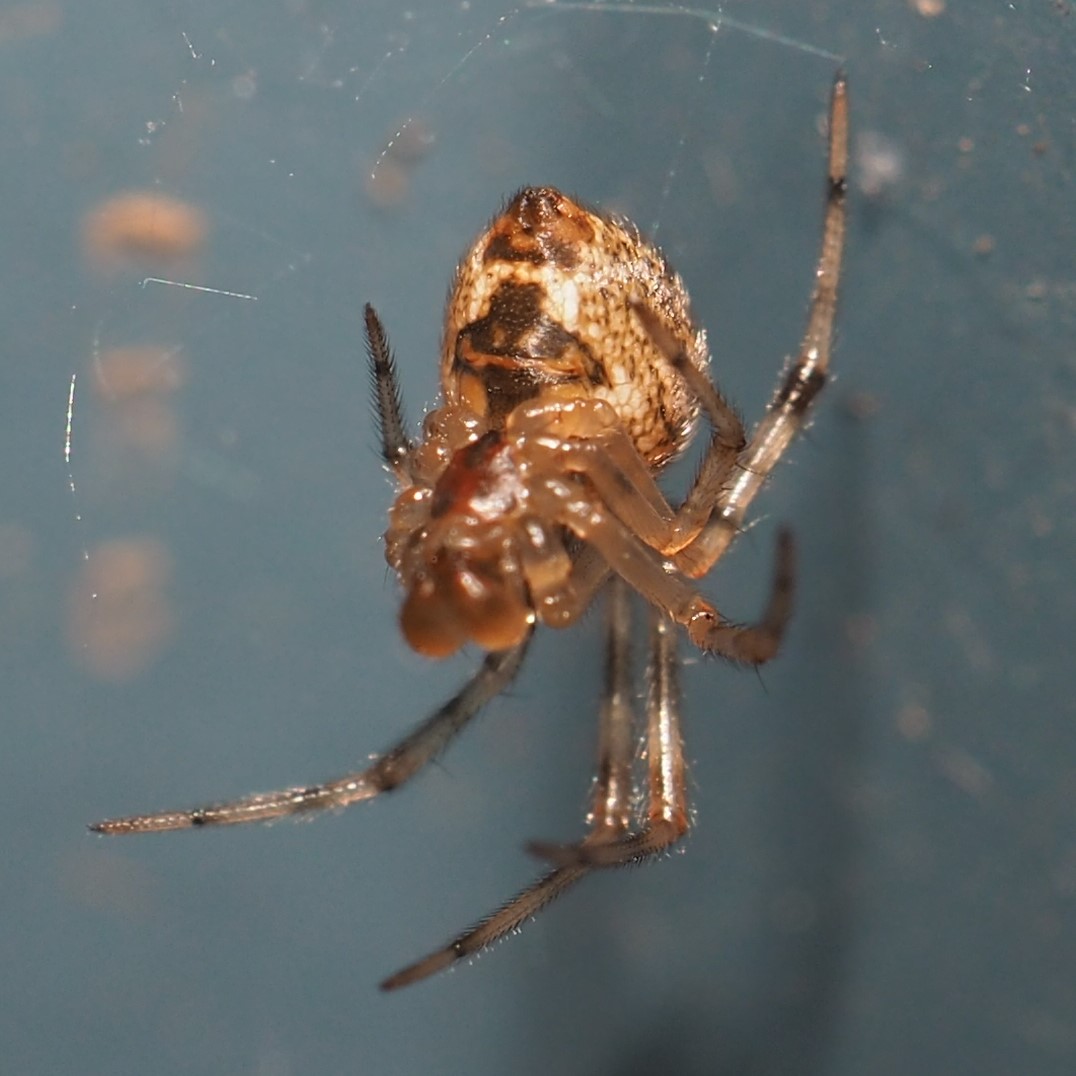
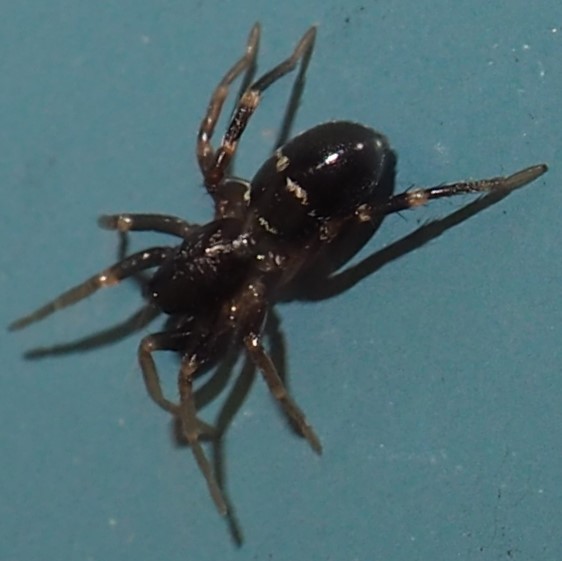
This Jumping Spider is one of the Hentz genus of Jumping Spiders. It was a surprise to see it sidling the corner of the shop down near the ground. At first I couldn't tell what I was shooting but when it turned those great big headlight eyes at me, I knew it was a Jumper.
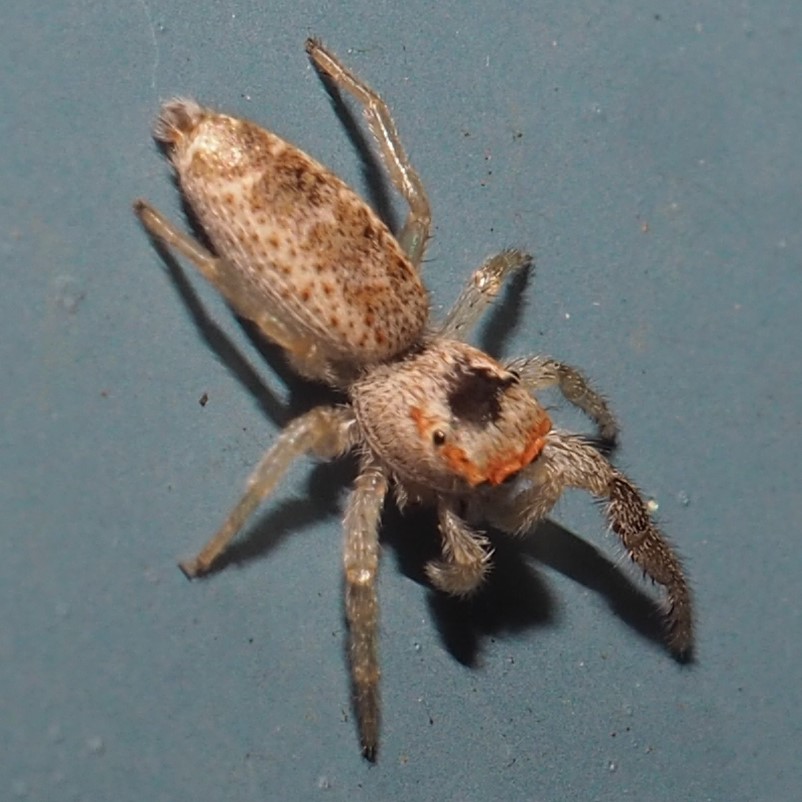
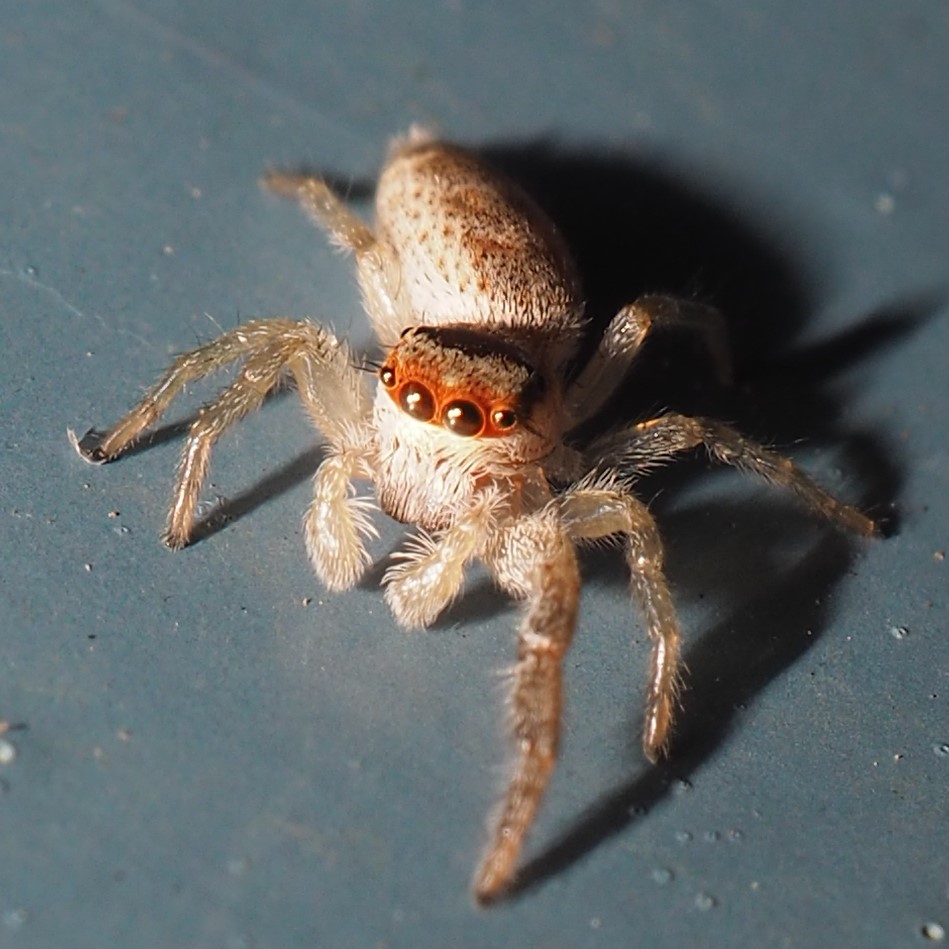
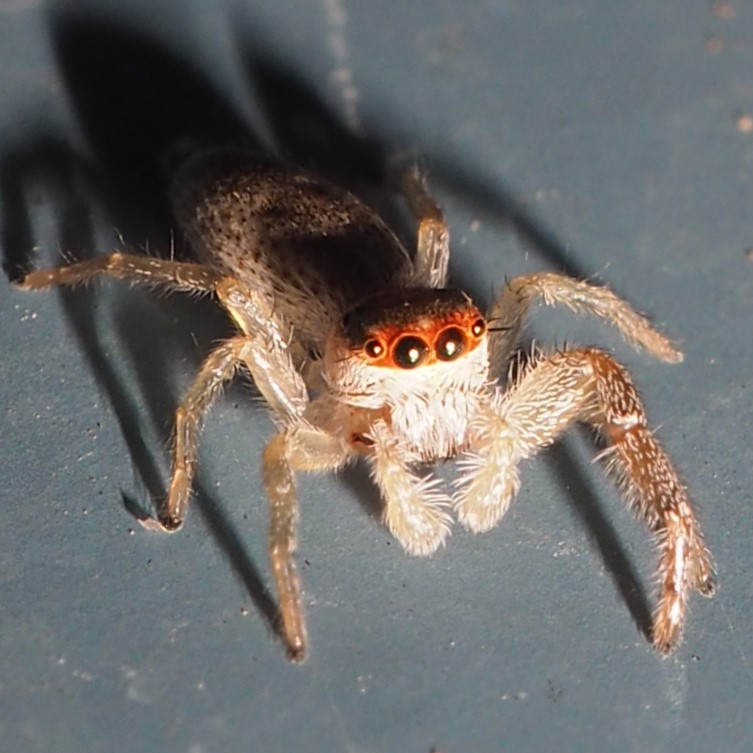
Let's look at some of the more colorful shots of neighborhood trees. Even though the fall is falling into quite demise, the colors are lively though subtle.

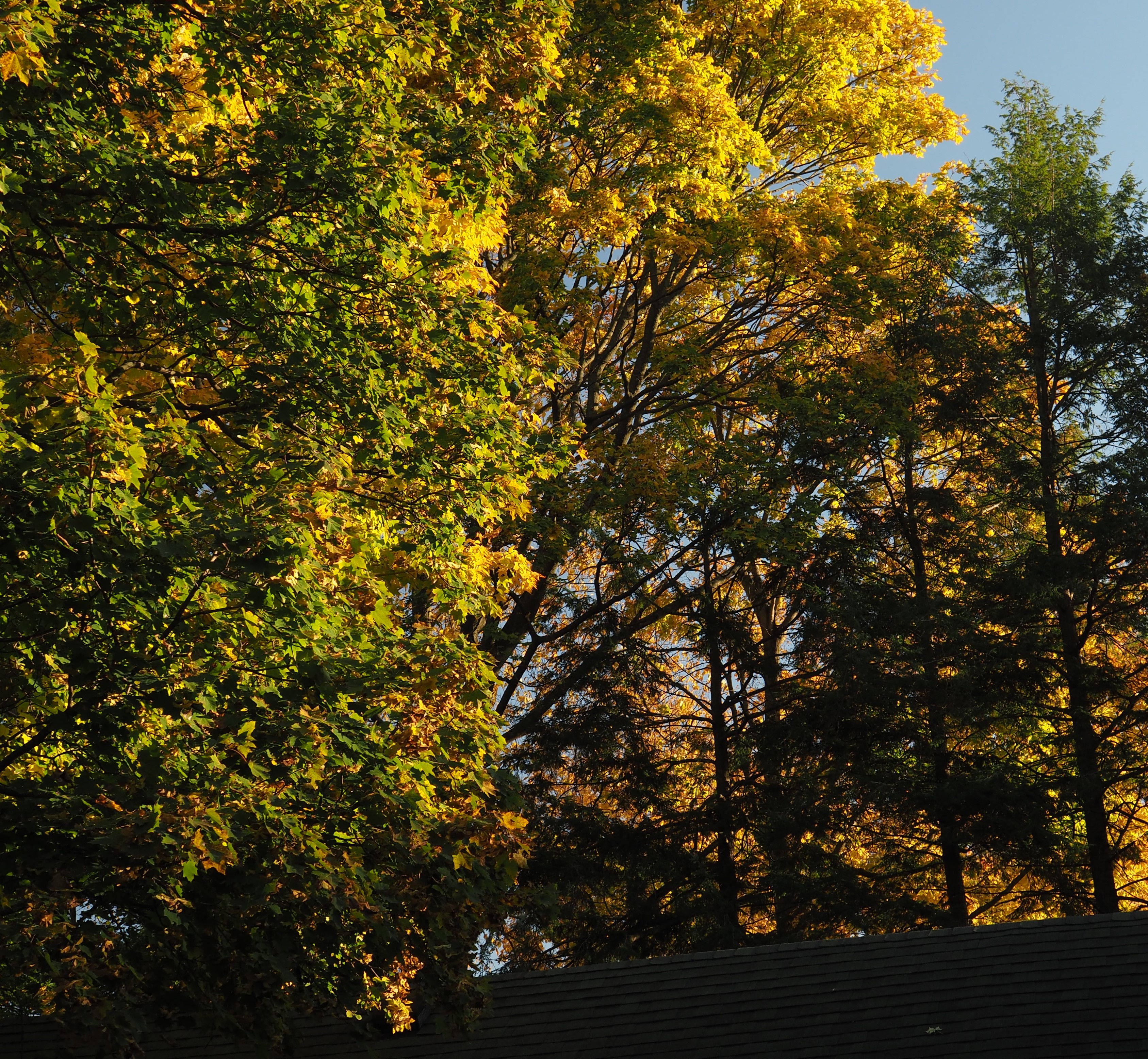

We haven't checked old Jadesy for a while. When she was a huge Jade Plant, if I was able to stand leaving her out till November 1, she used to regularly set buds that would flower when she came indoors. This year she is a 3-year old cutling. She didn't set buds the last two winters. I'm hoping that this year she will. The place to look for little buds would be in between a pair of little leaves that were still tightly embracing each other. I've been trying to restrain myself from prying a pair apart. That's HARD to do. Today is October 27th, three days till In-bringing time. So don't look. Content yourselves with this picture of the Euonymus by the front steps as it turns a bit redder each day! Think of yourself coming up those steps to the front door!
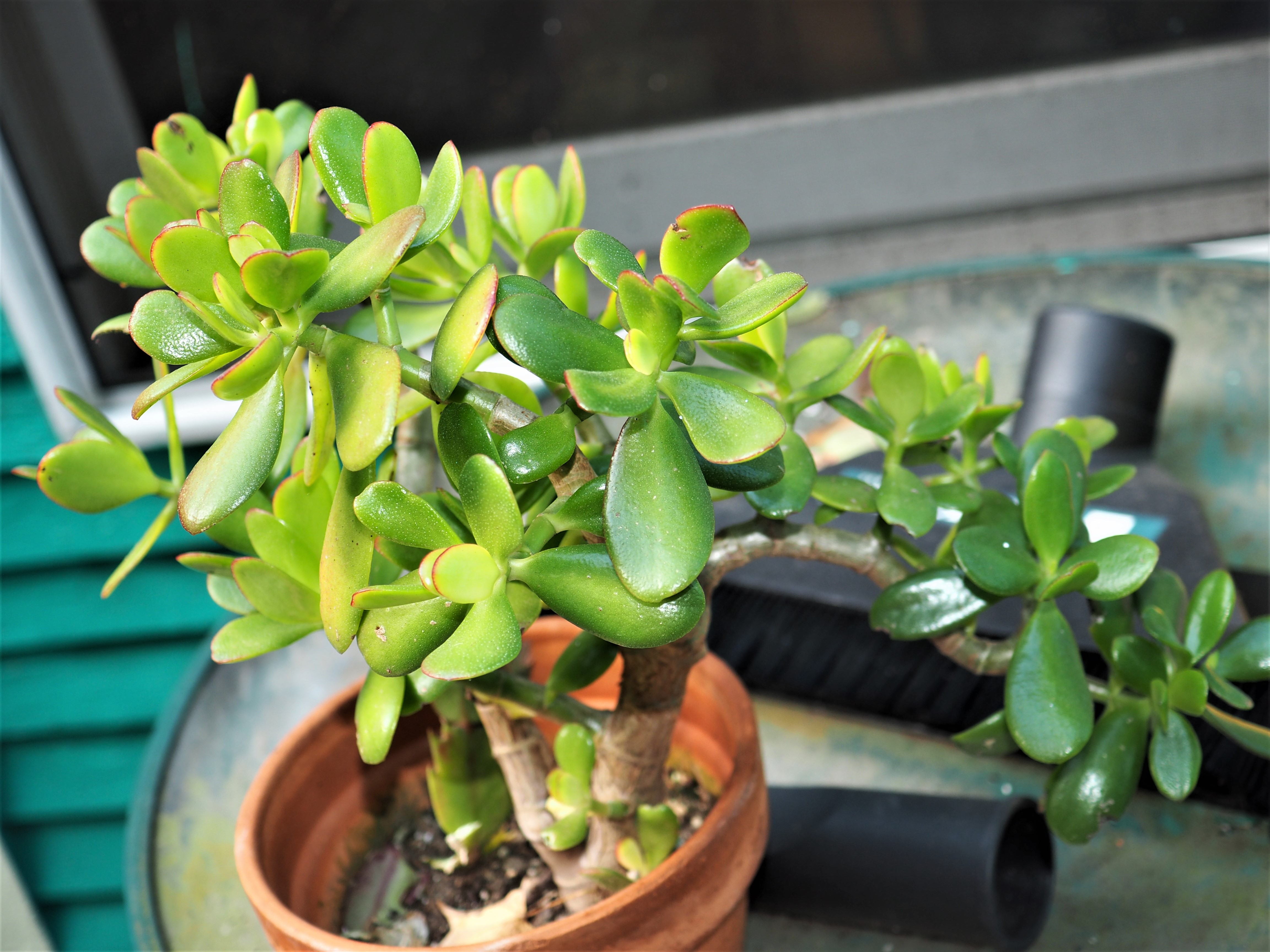
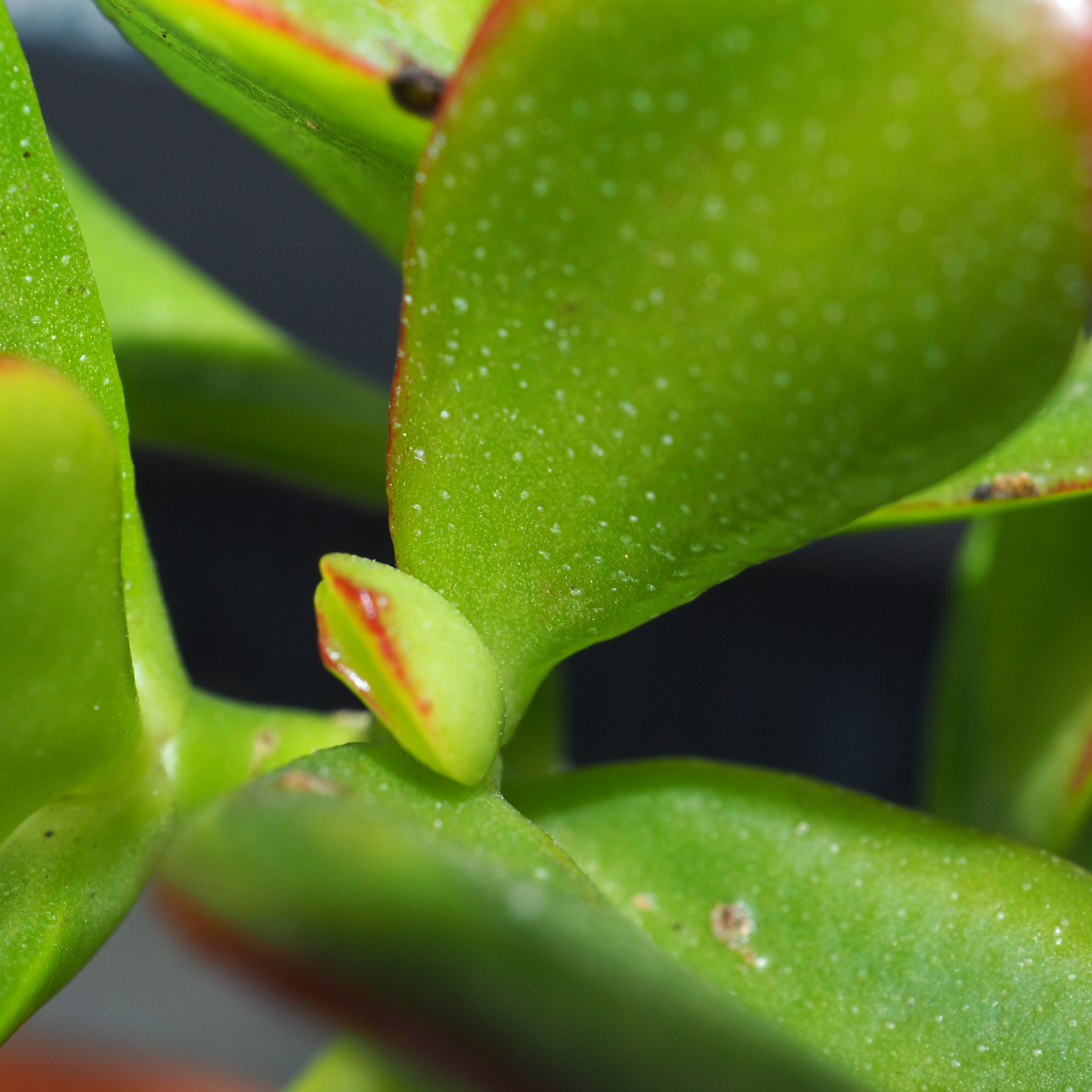
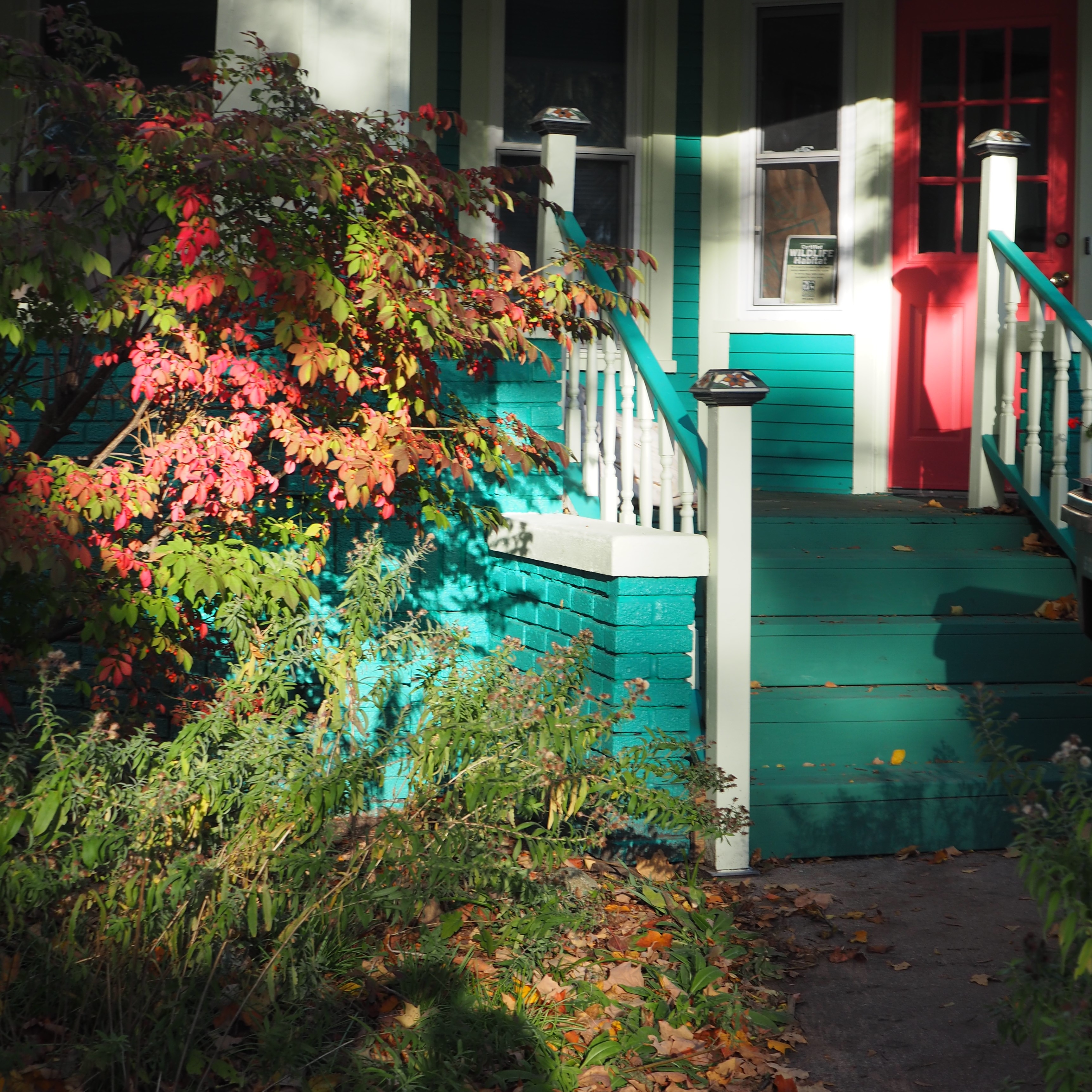
The house has sat more or less still this week while we wait for the contractors to finish another job. I've been trying to clean up the floors to the rooms that are marginally accessible. So now there is a path down the upstairs hall from bathroom to loom room. The two rooms on the other side of the hall from the new guest room where I am hiding out from the dust are still not habitable - too dusty - and will be on the list of rooms that will get cleaned by the cleaning service after all the dry-walling takes place. But I'm getting used to sitting in the guest room on the computer working on my bug photos. This will be over soon, the sooner the better!
Everyone, be well and weather the change in the seasons. Looking forward to seeing you one of these days.. Really! Take care!
Love, Martha
Back to October 20, 2019
Forward to November 3, 2019
Back to main menu
copyright Martha O'Kennon 2019















































































